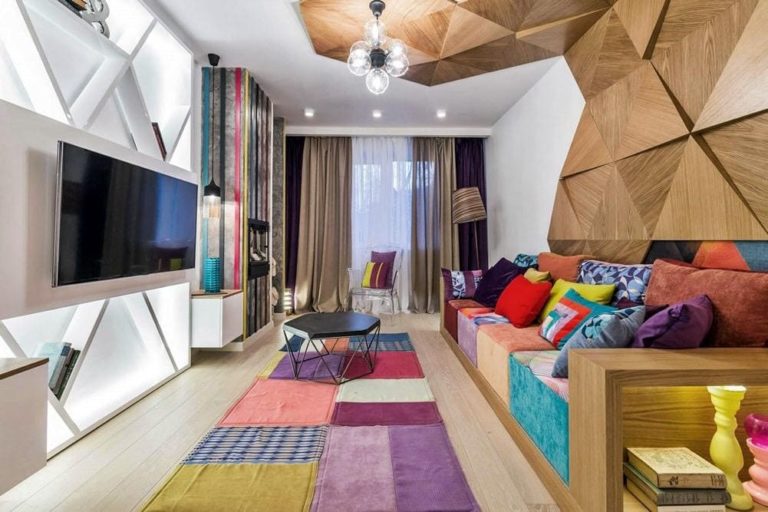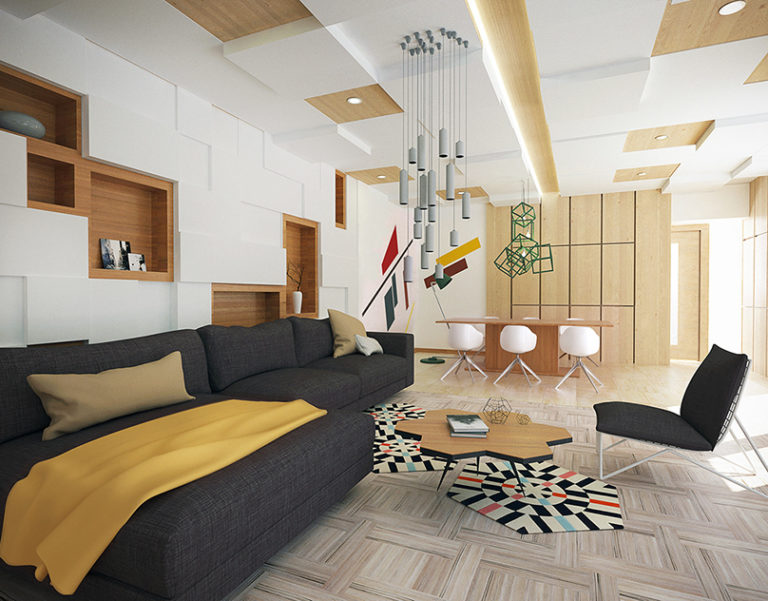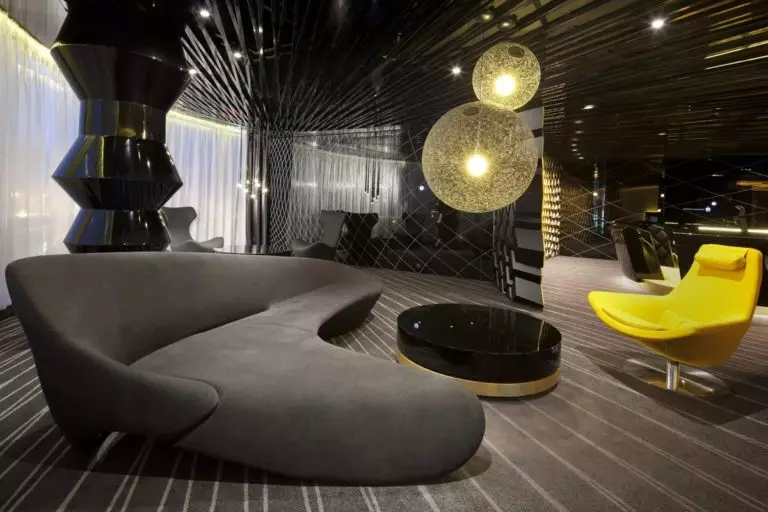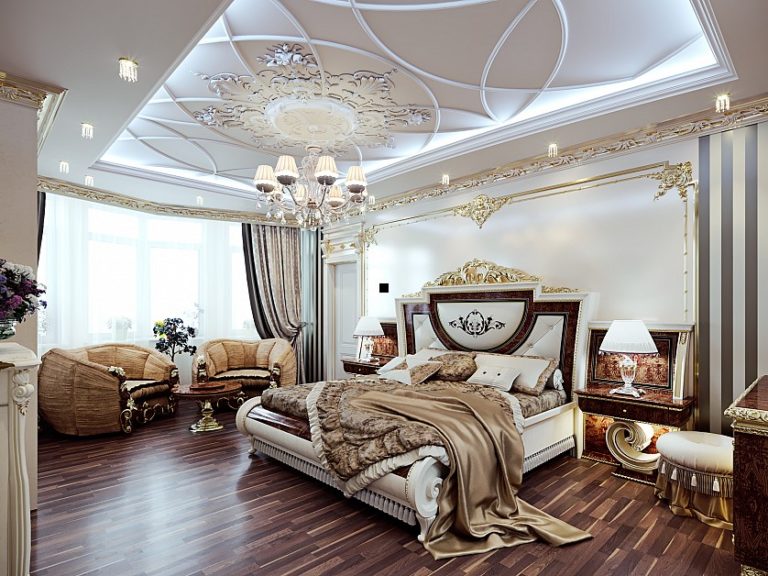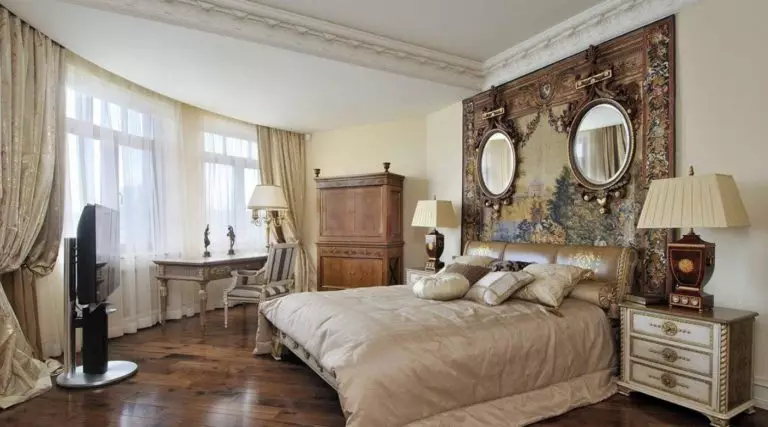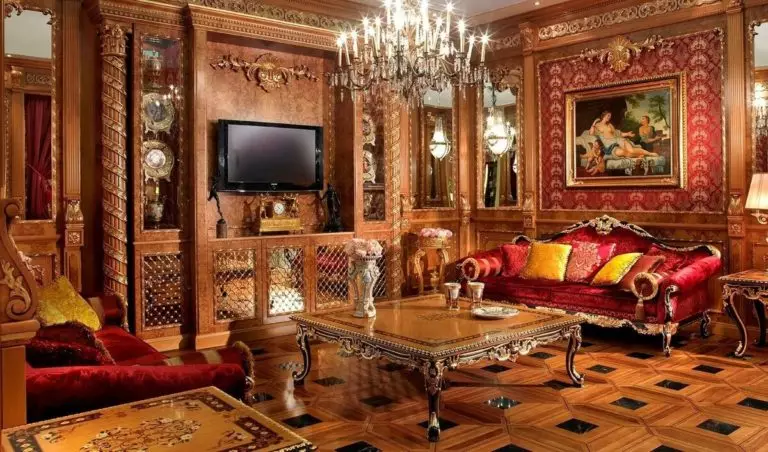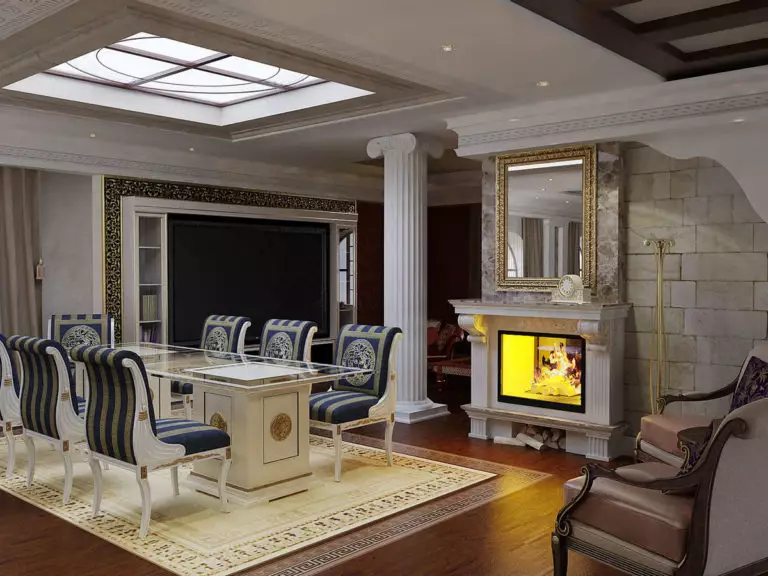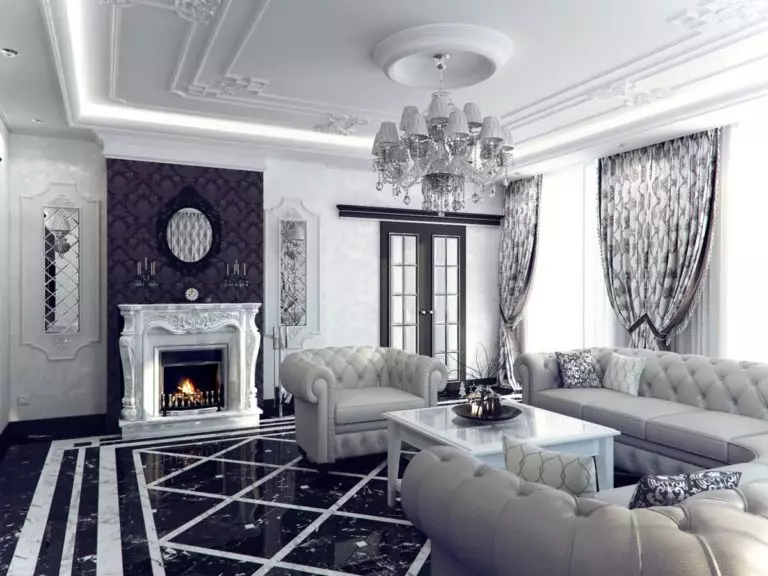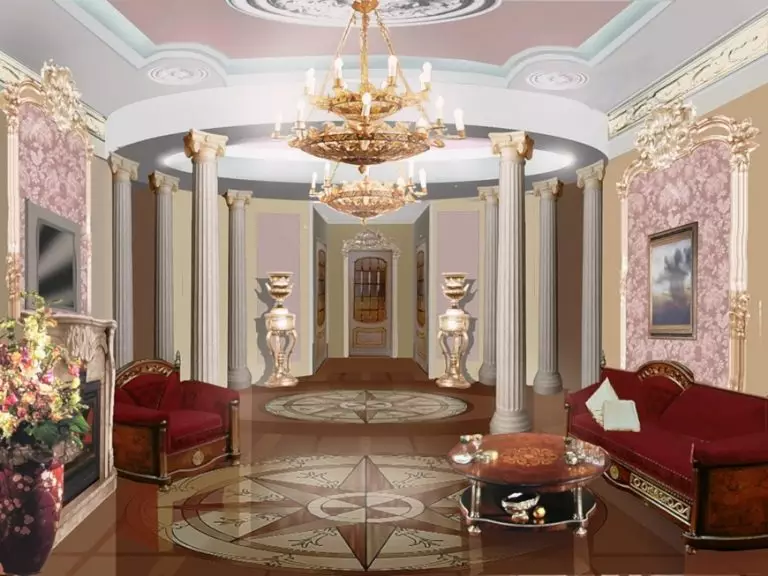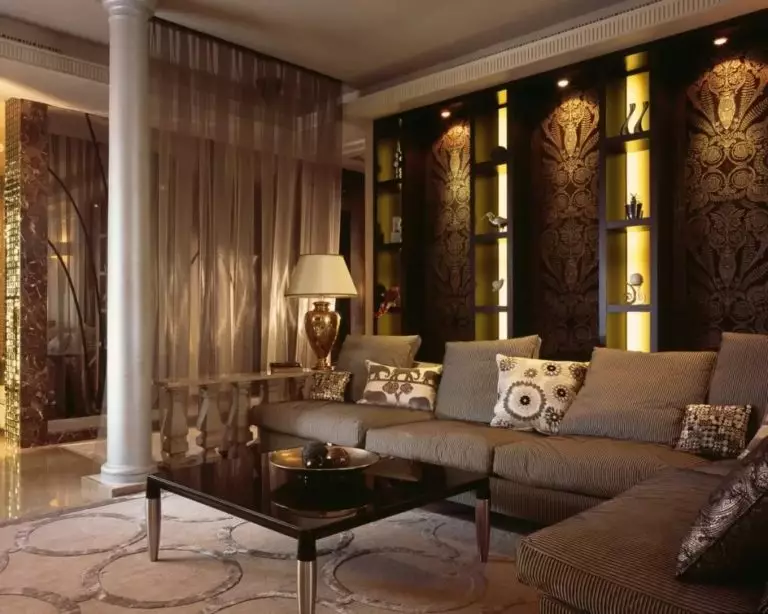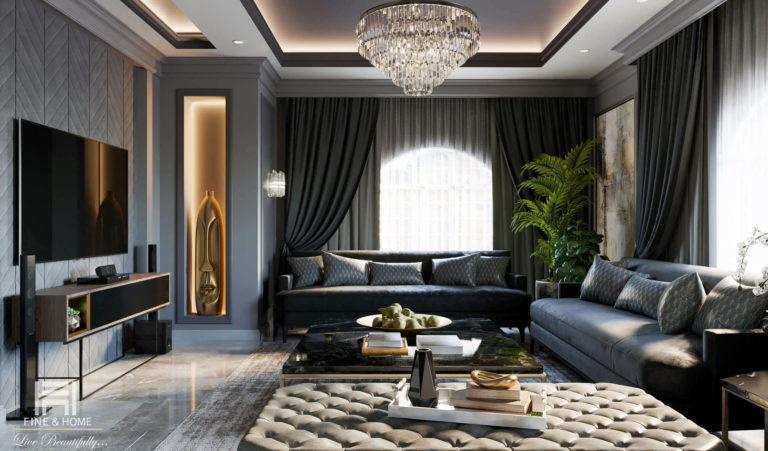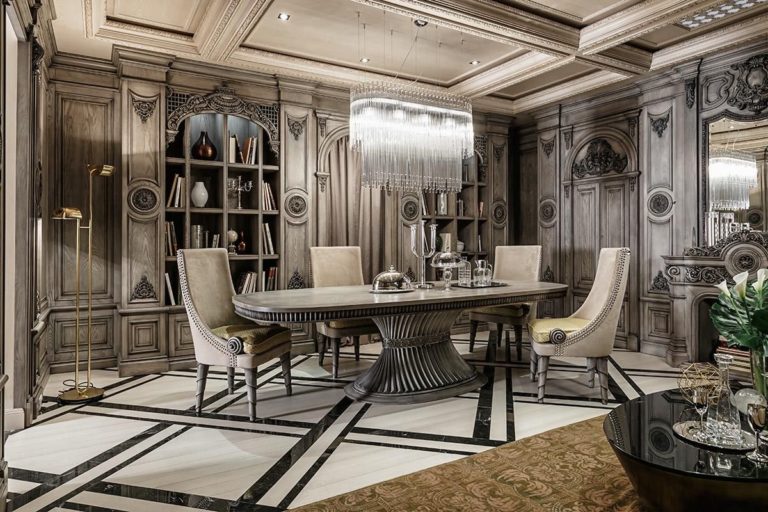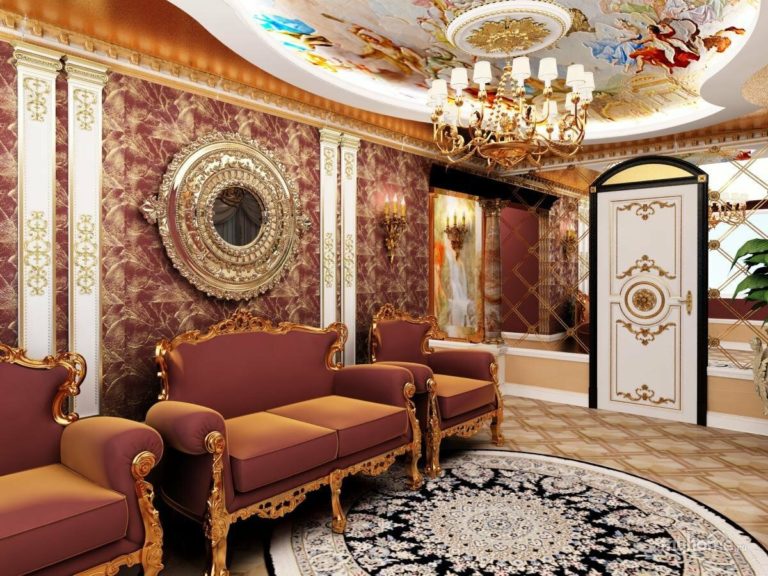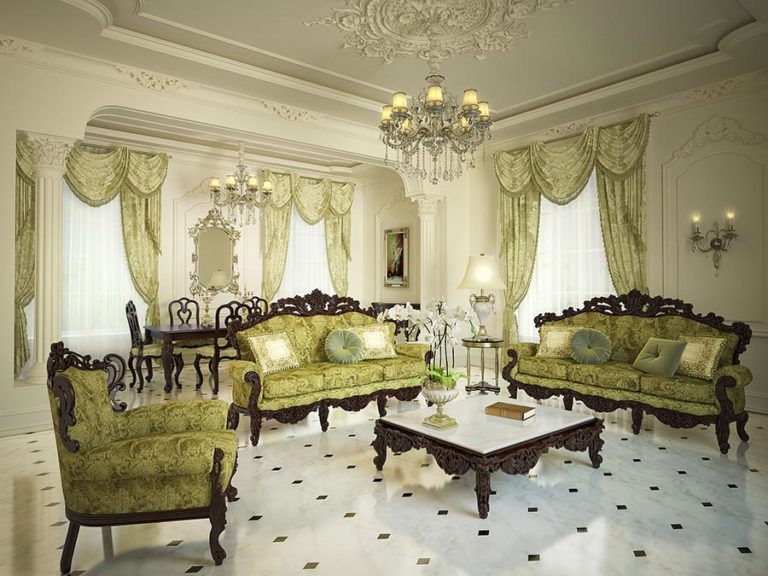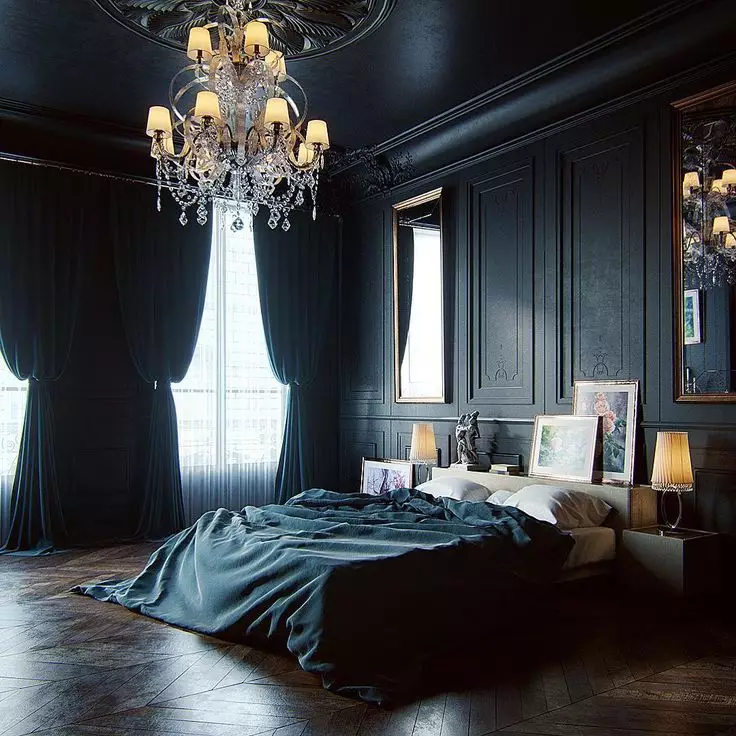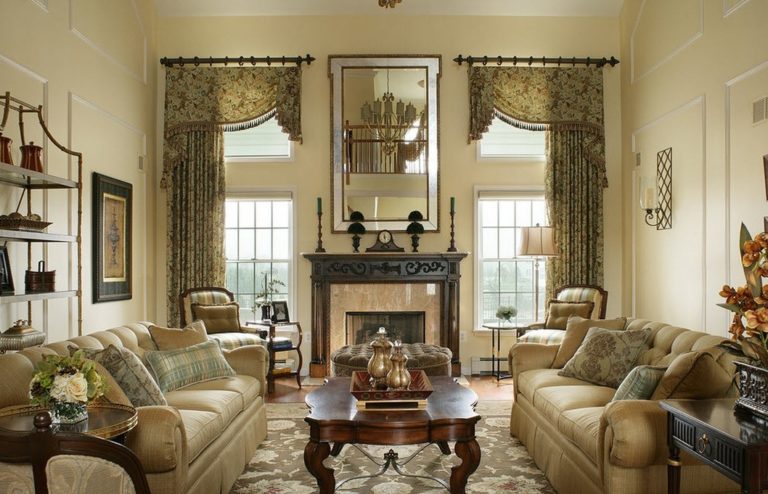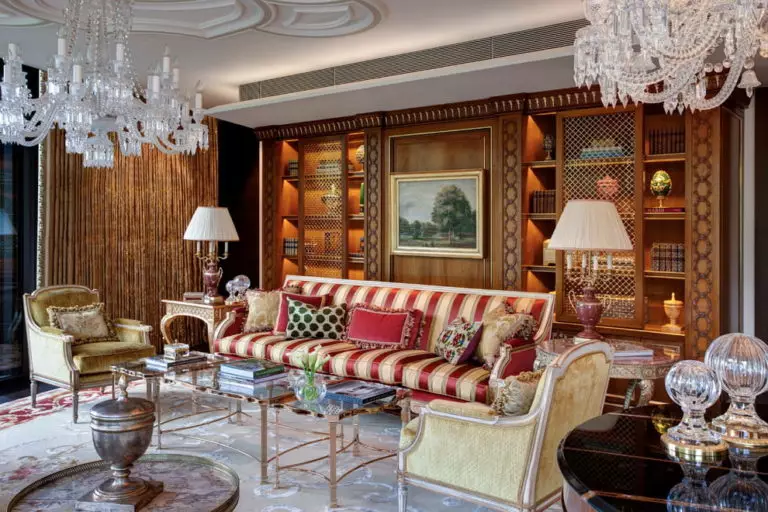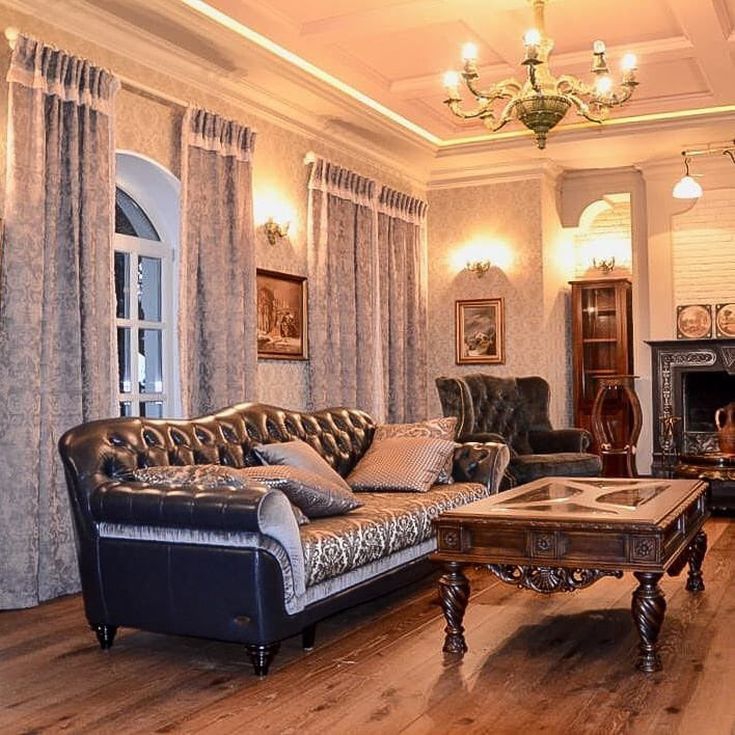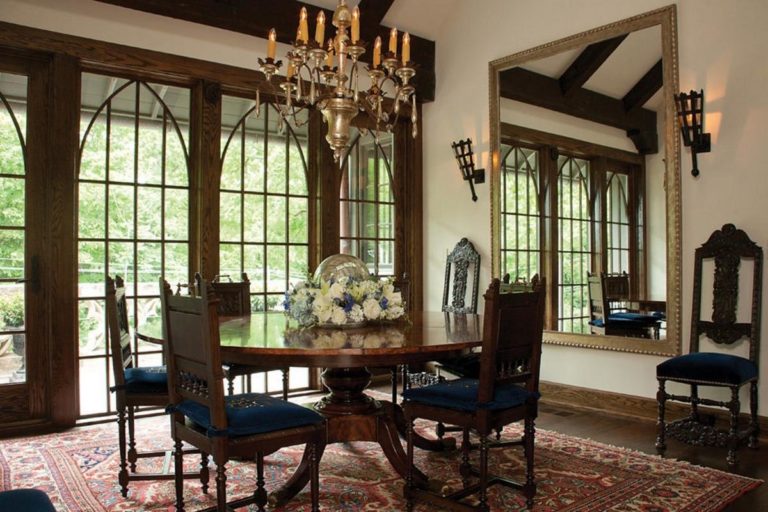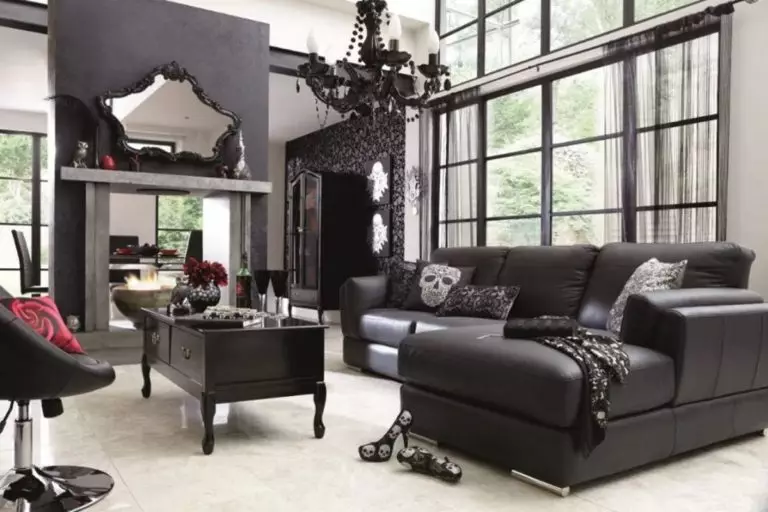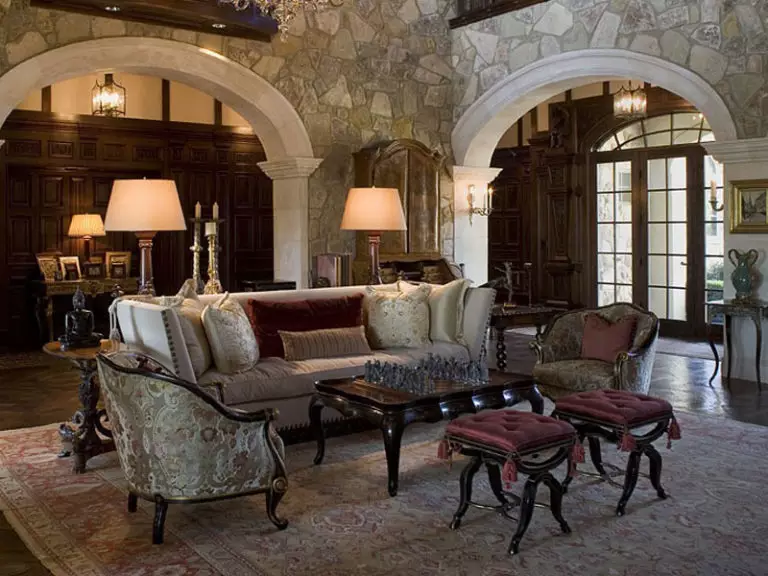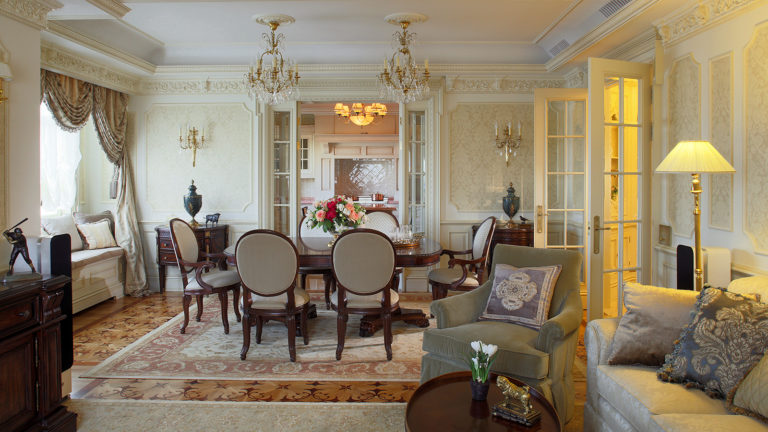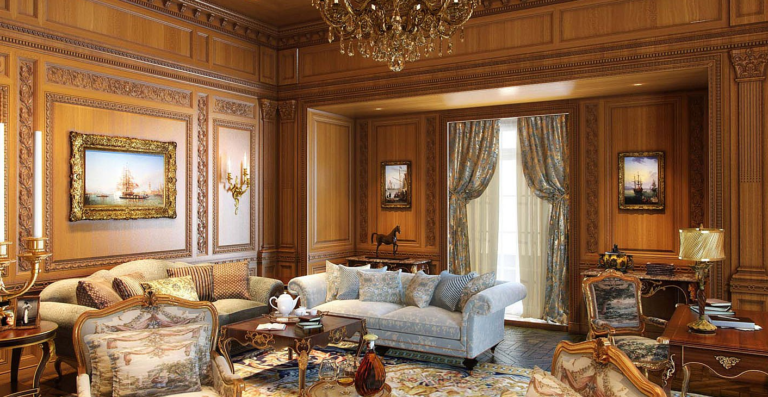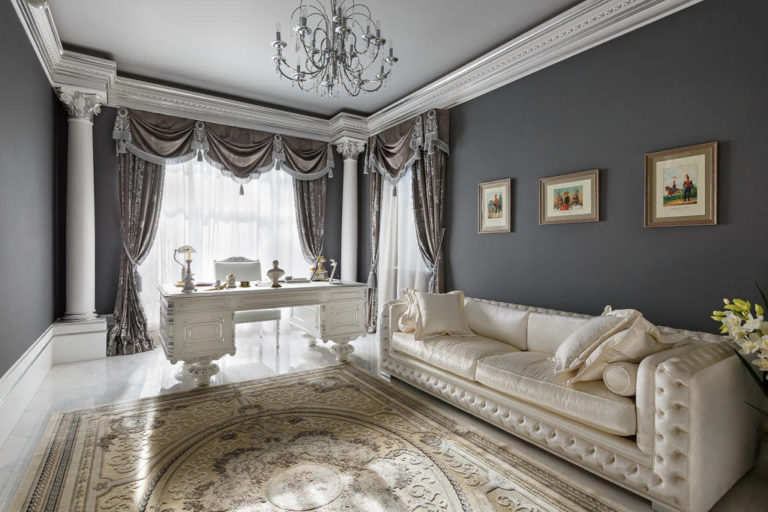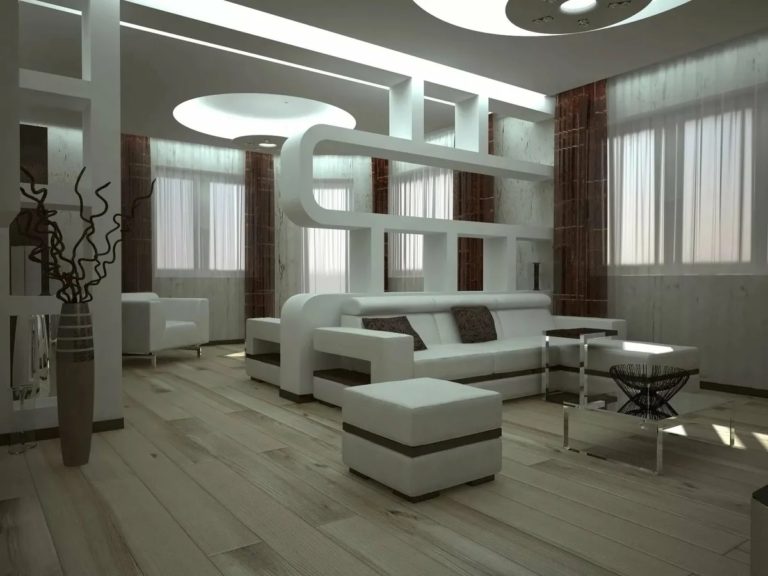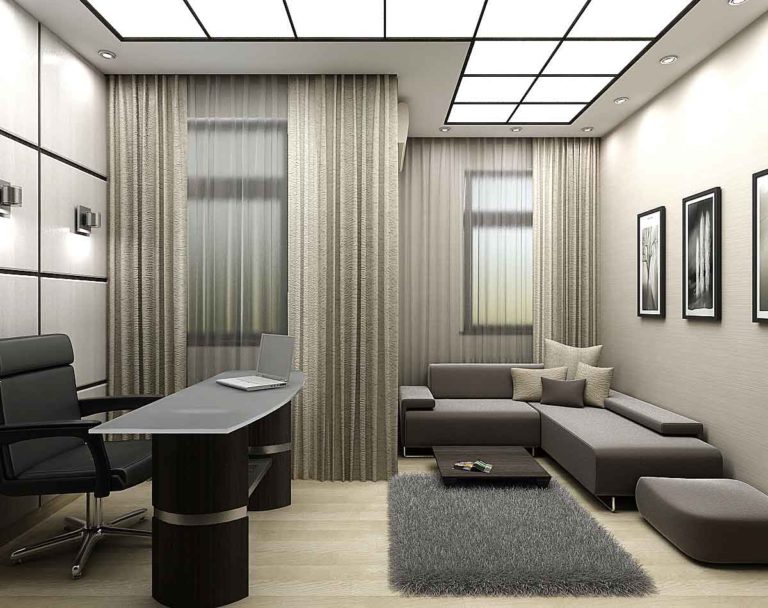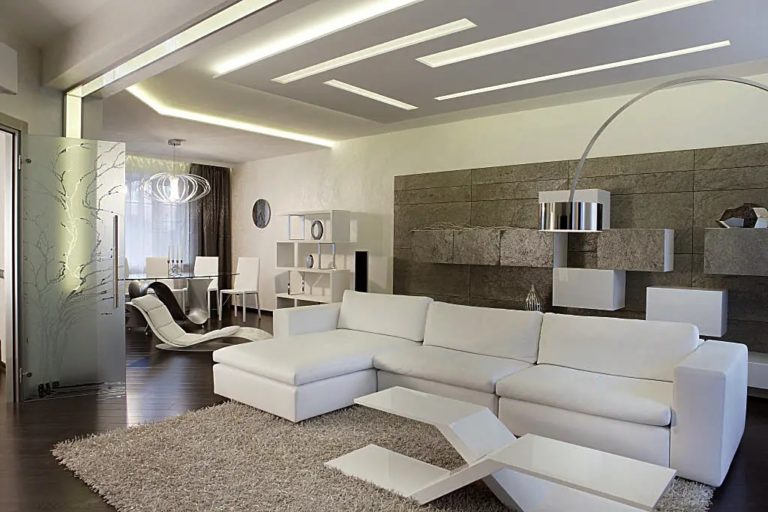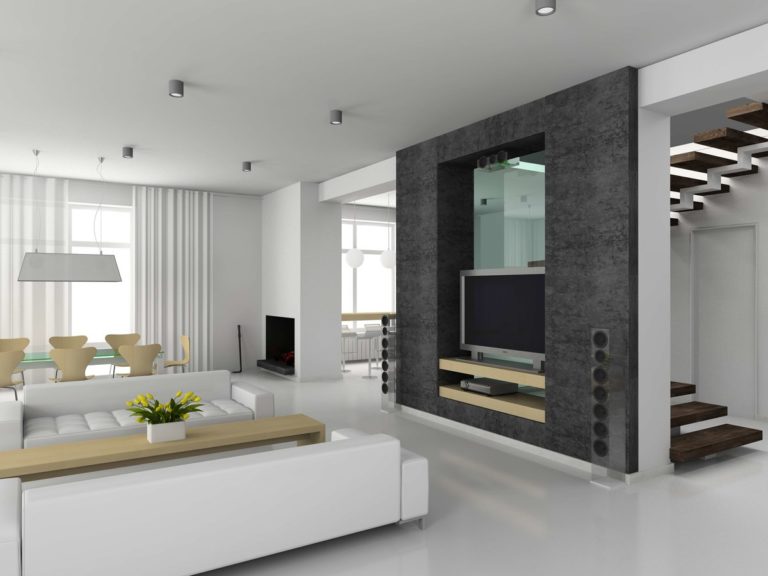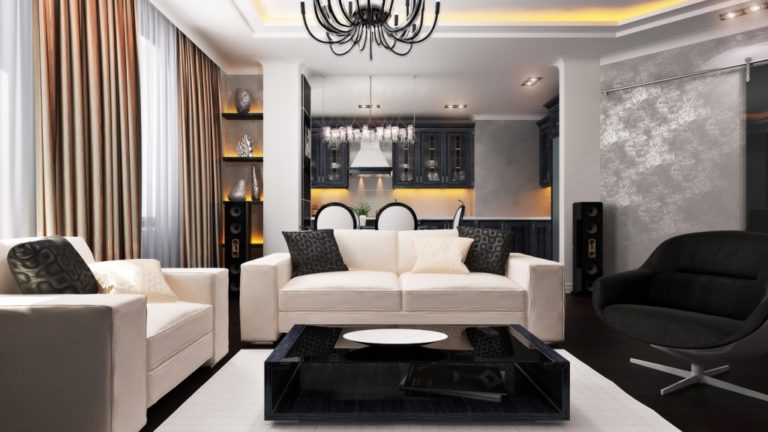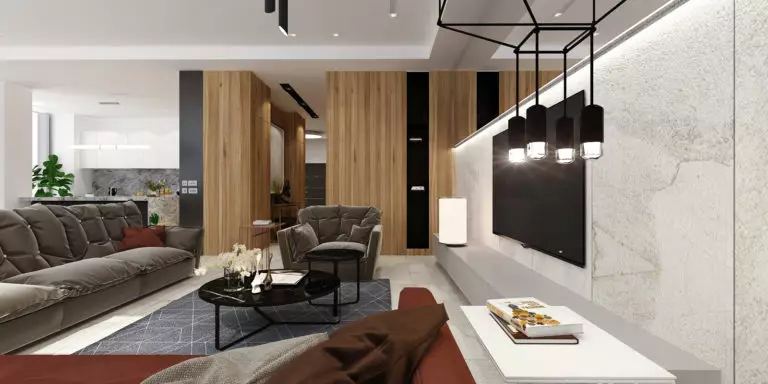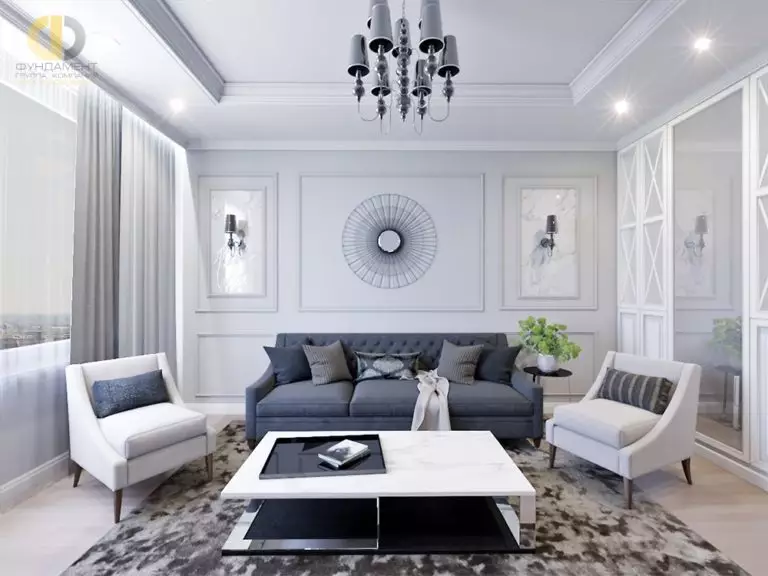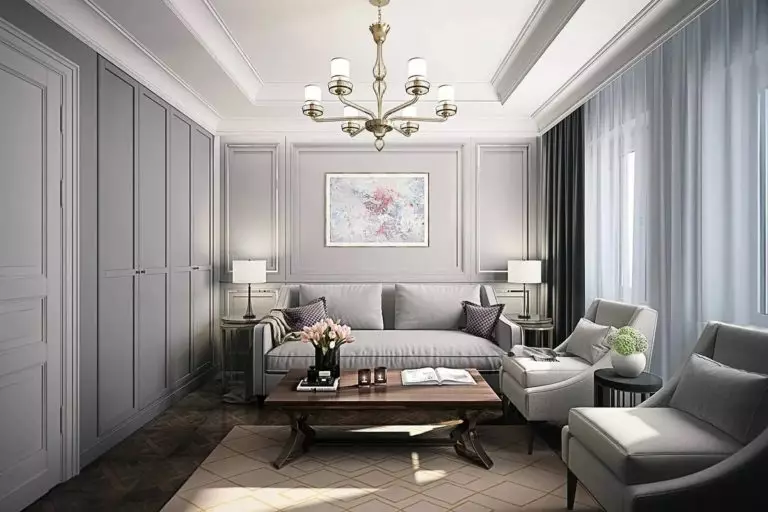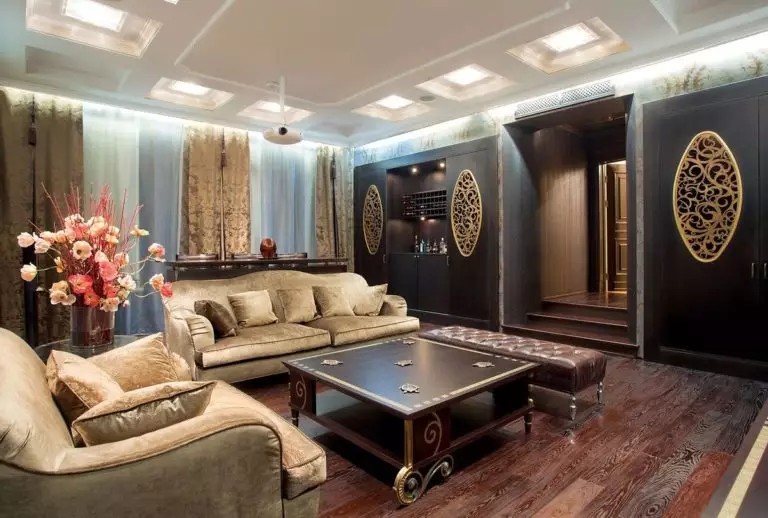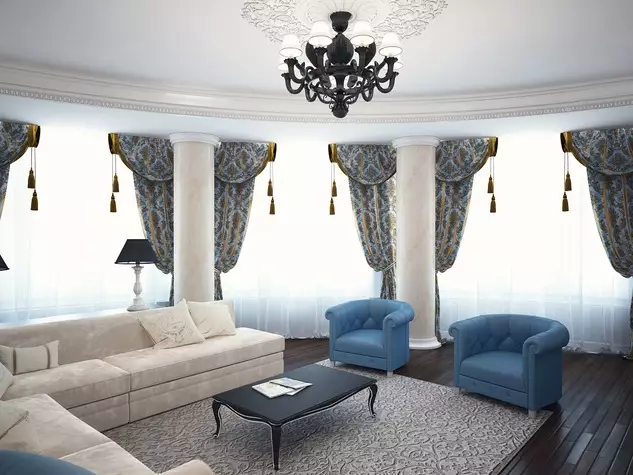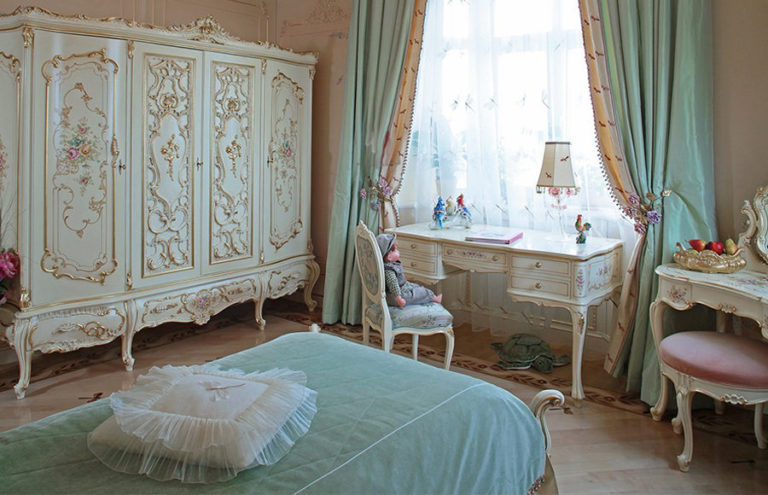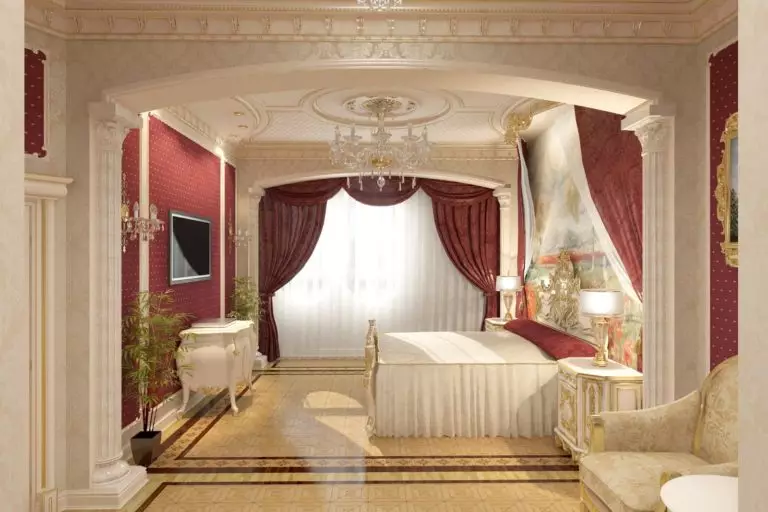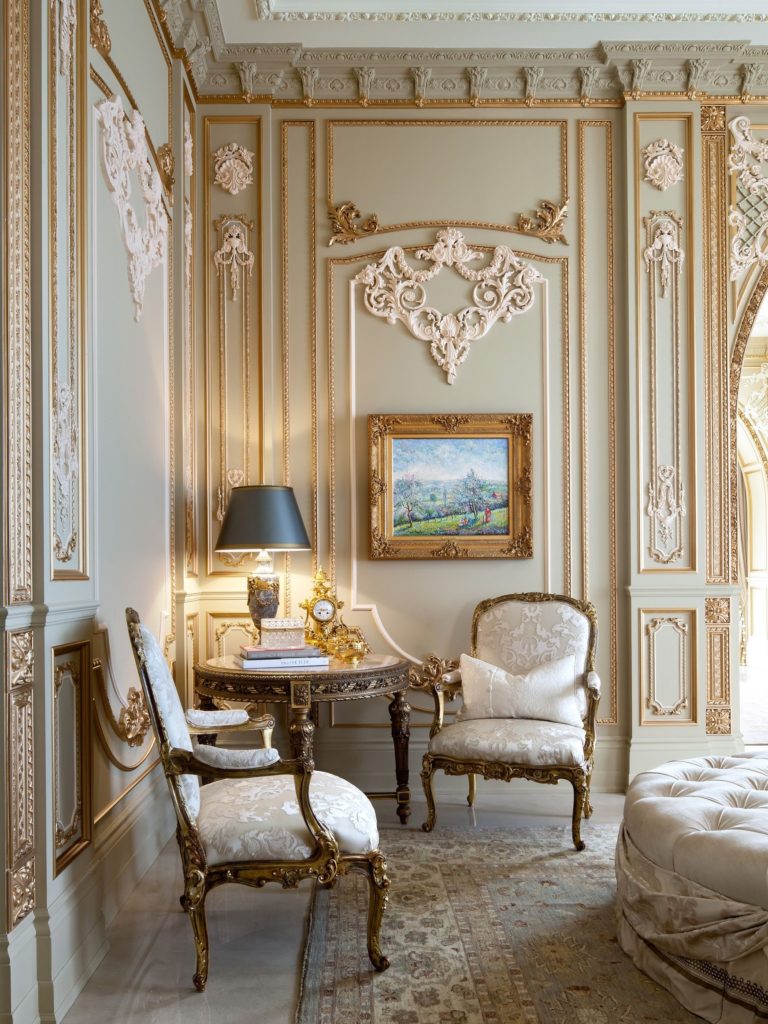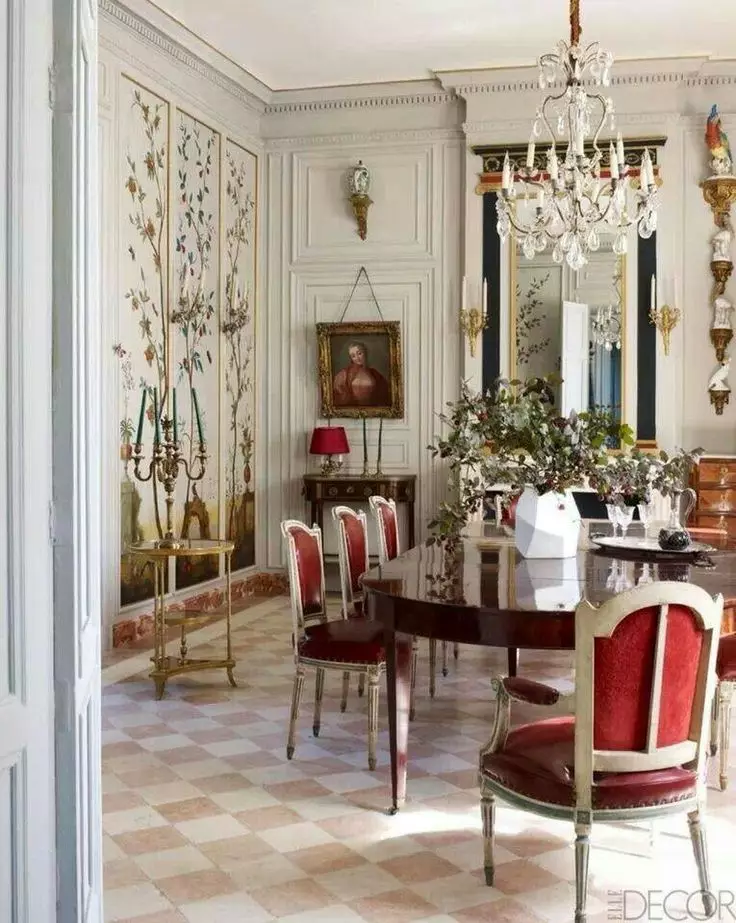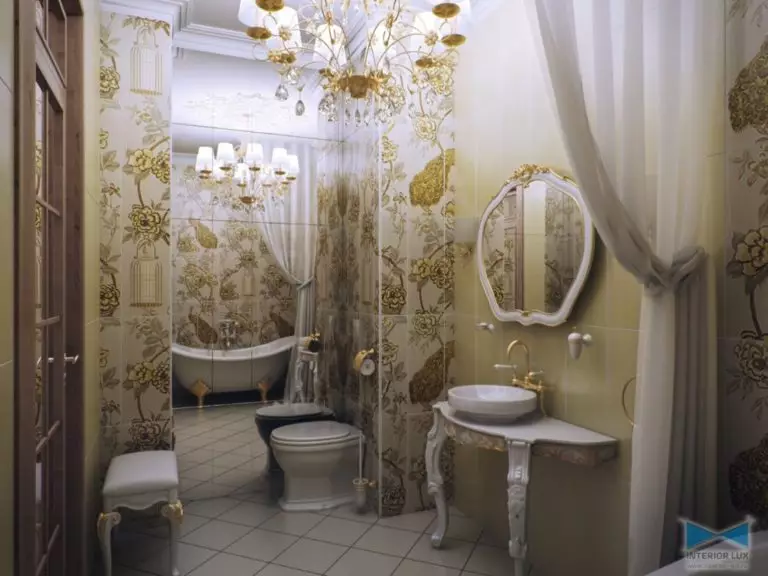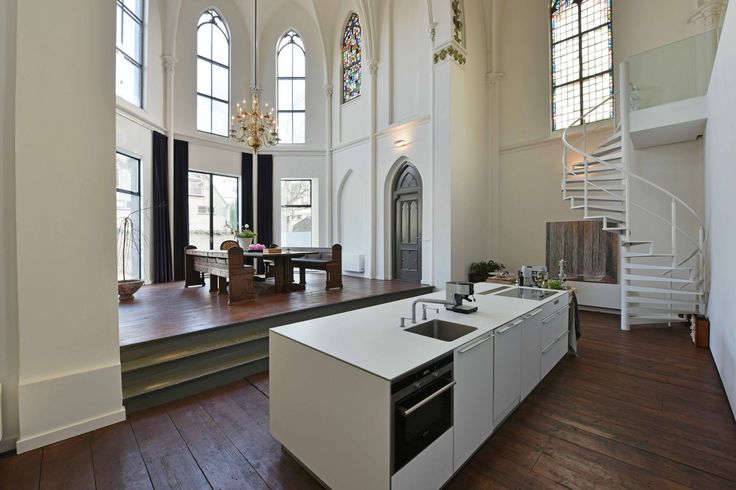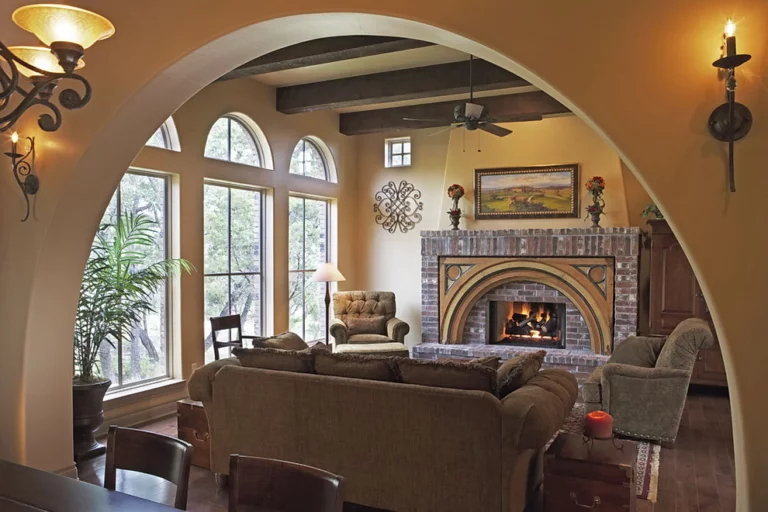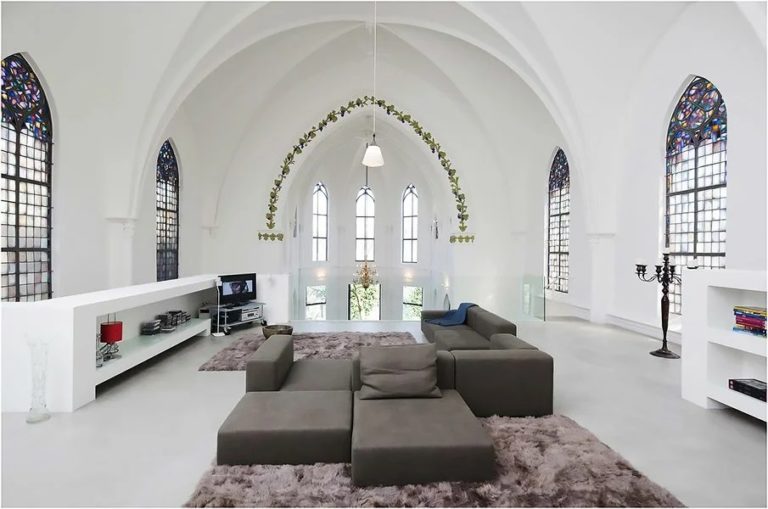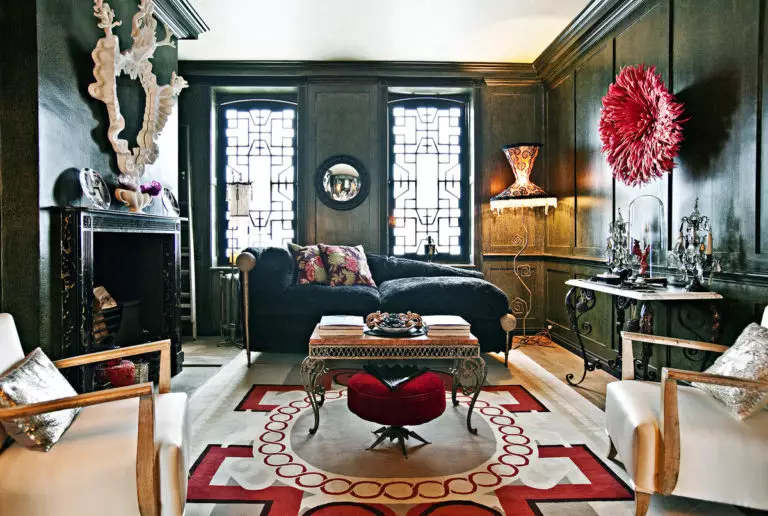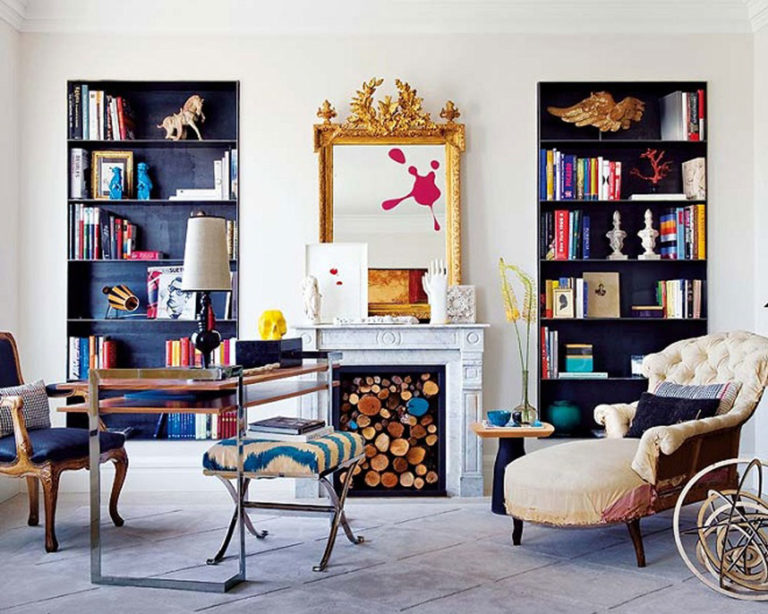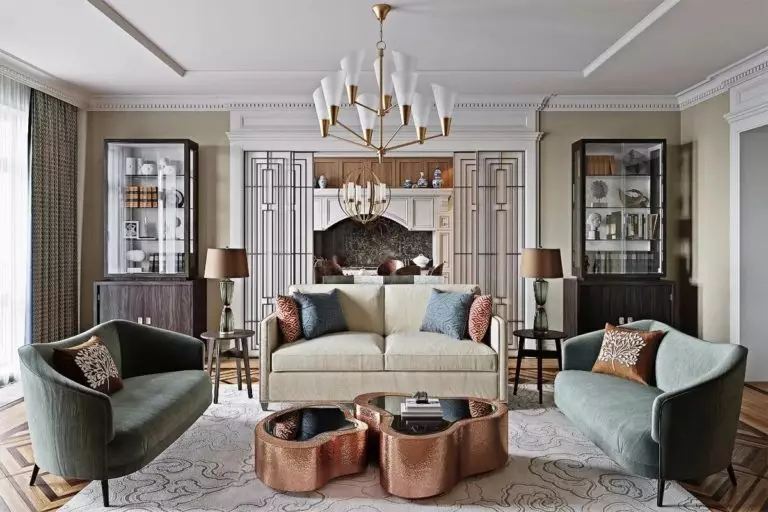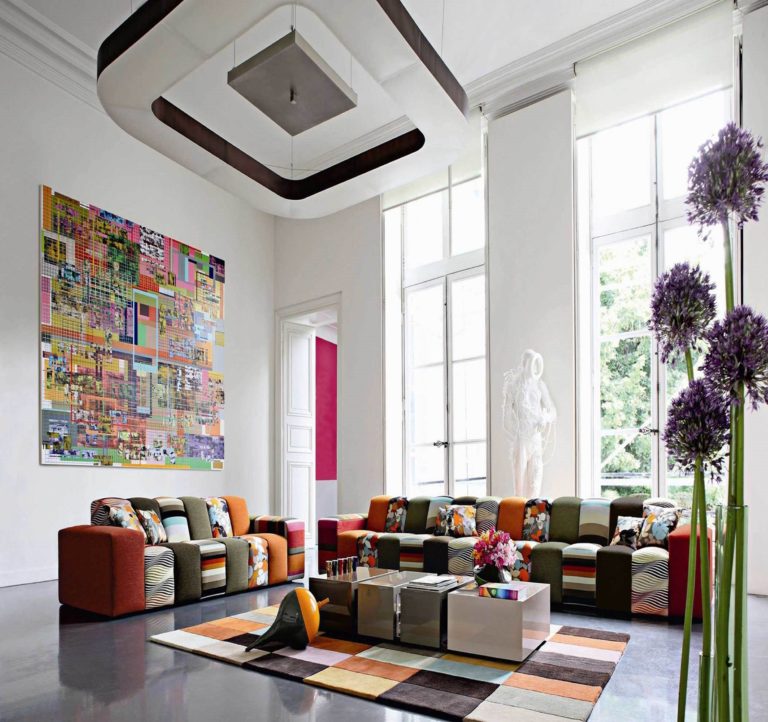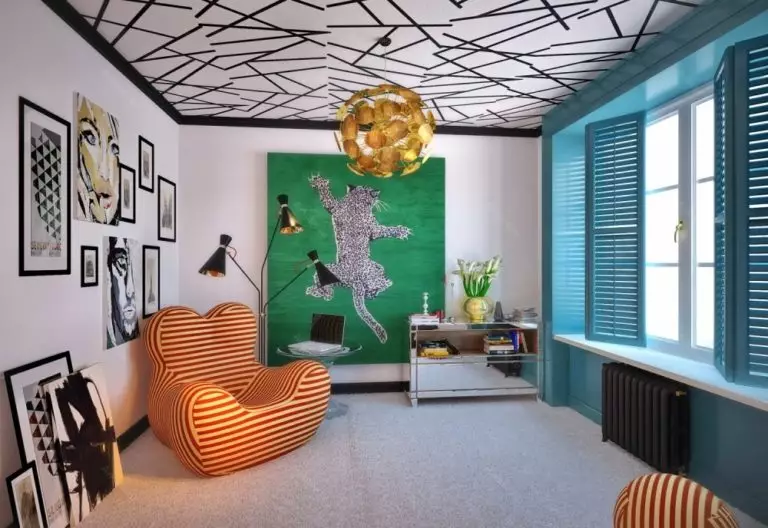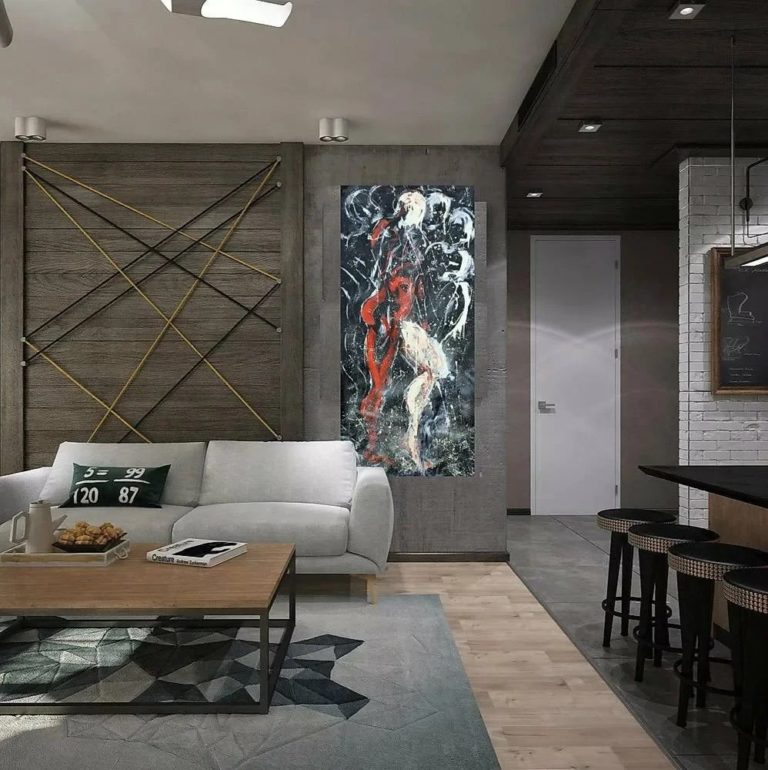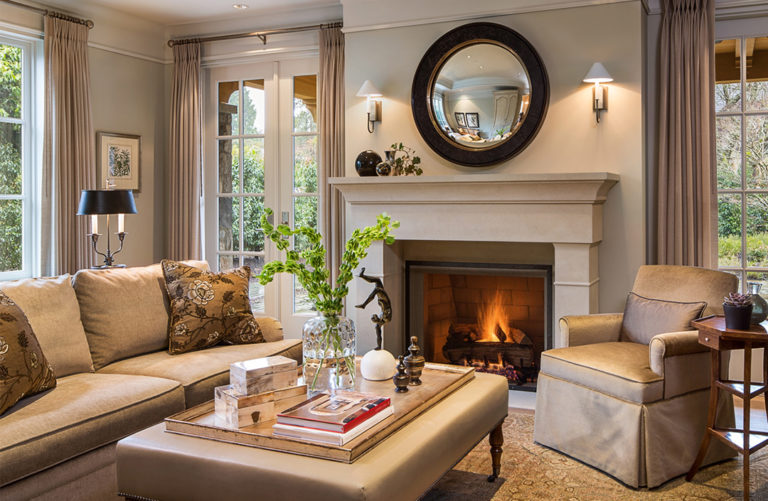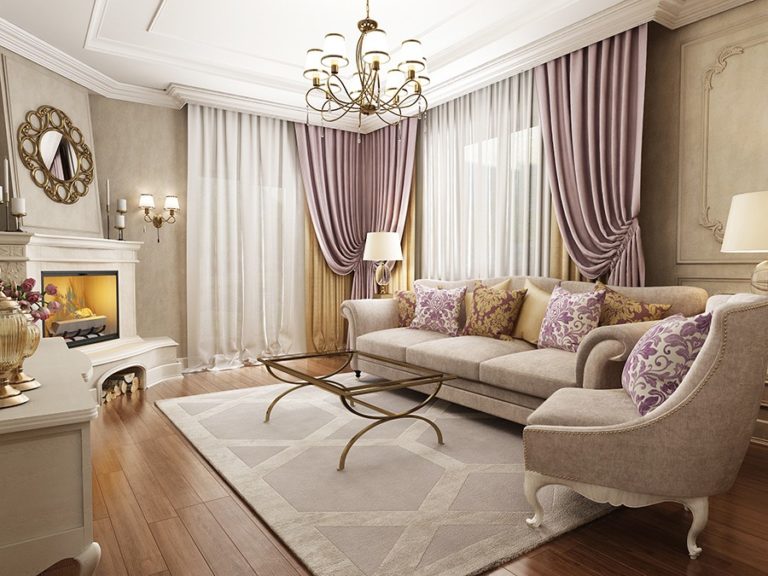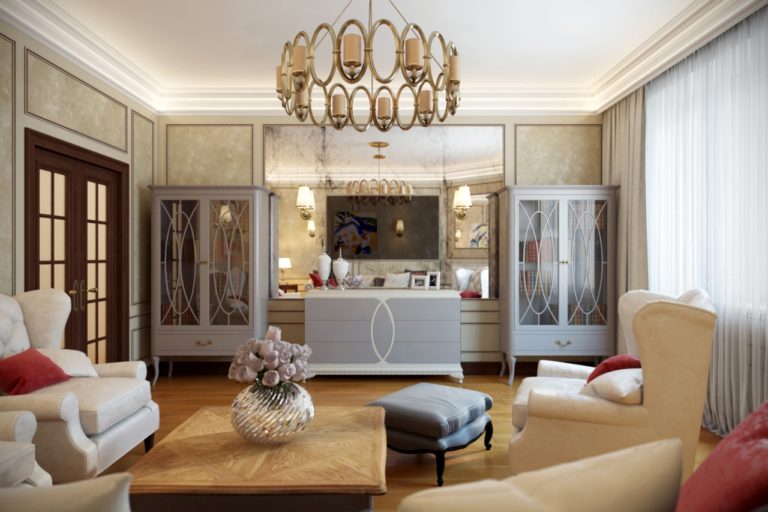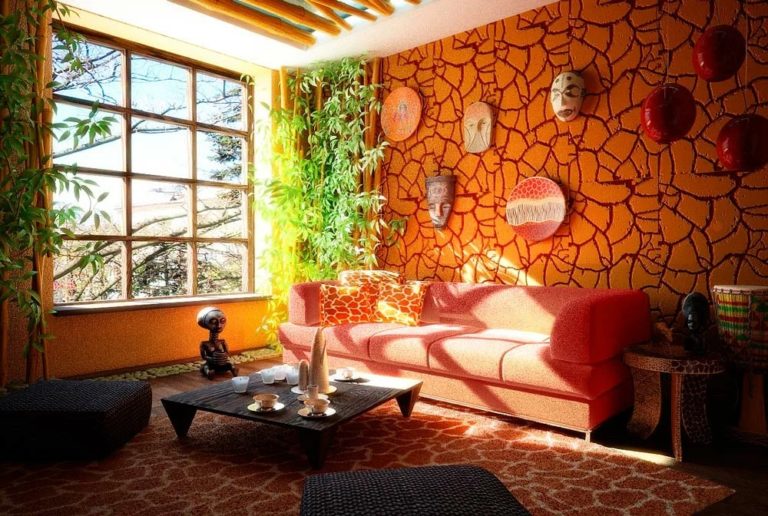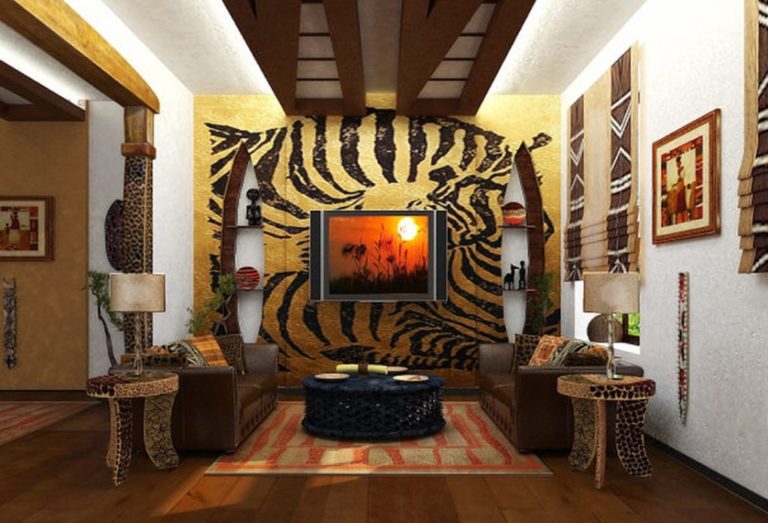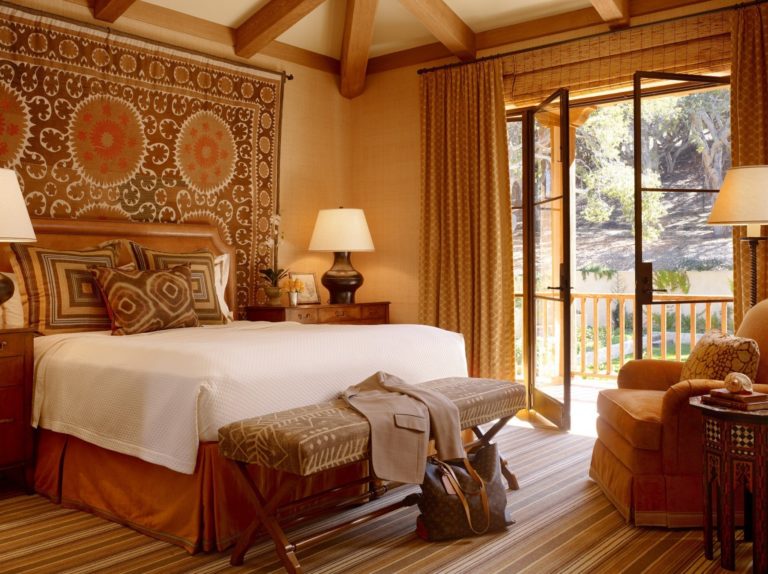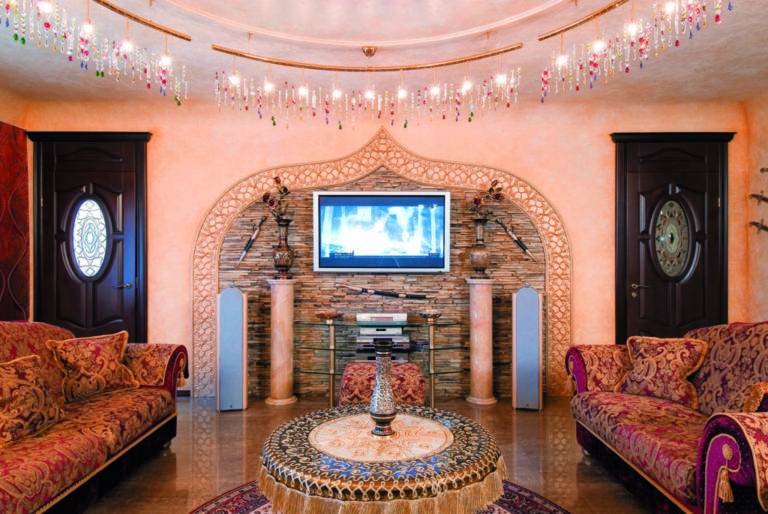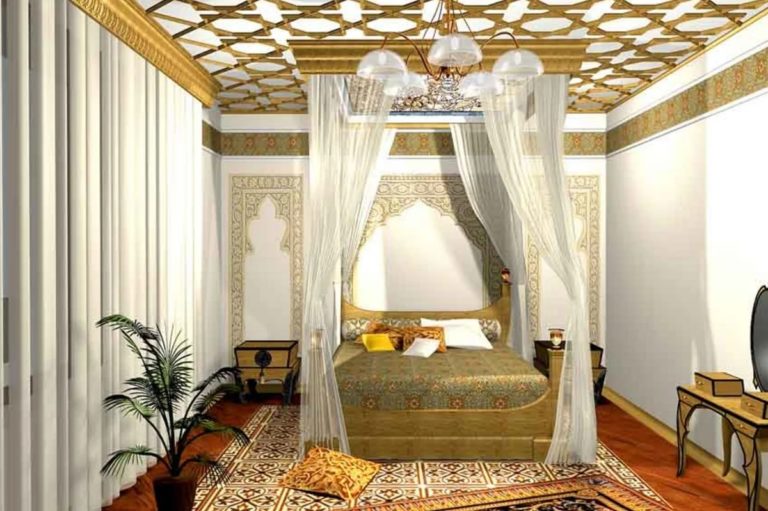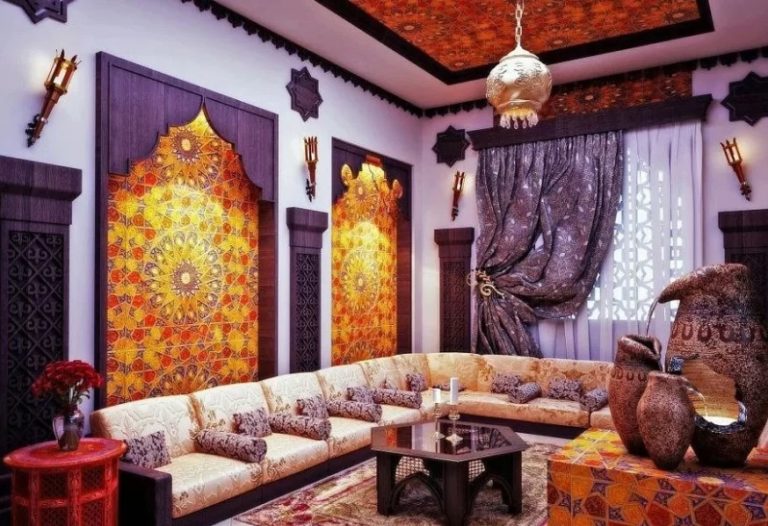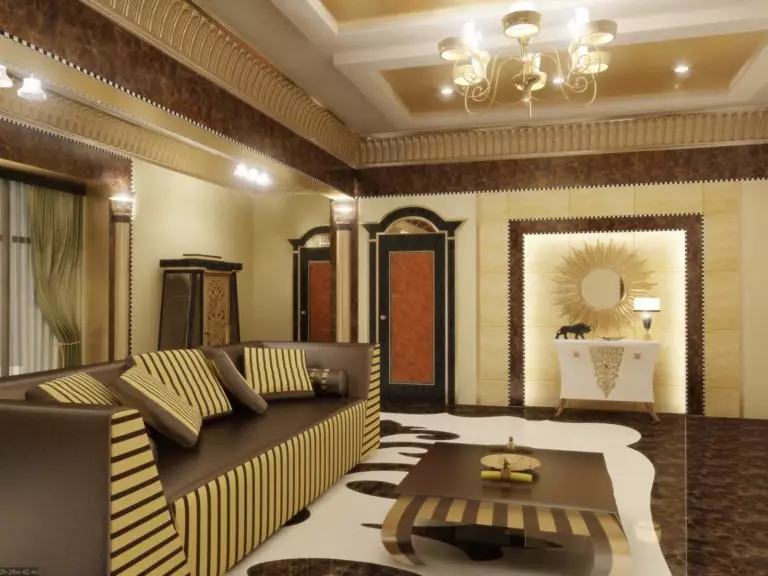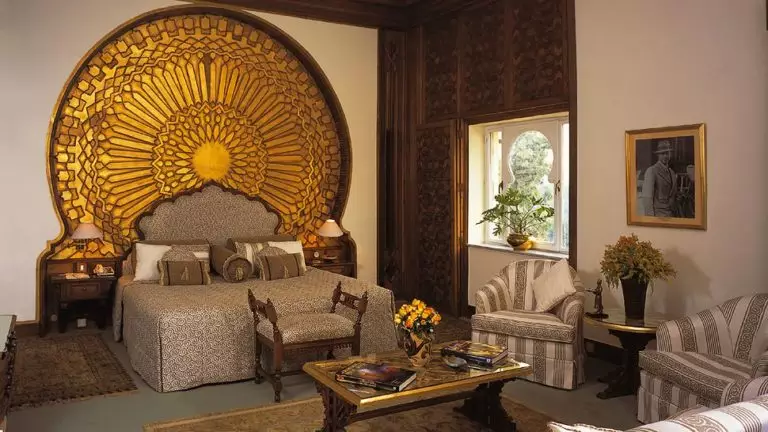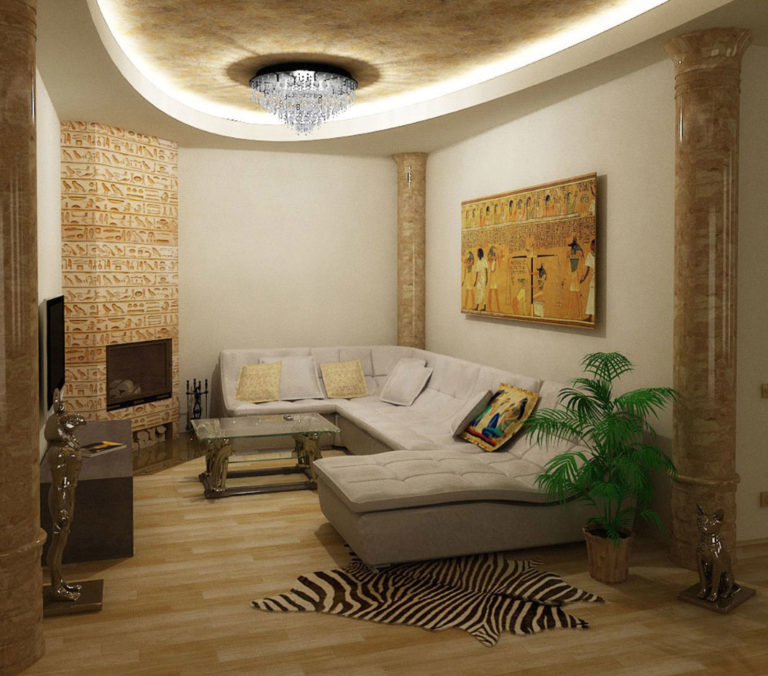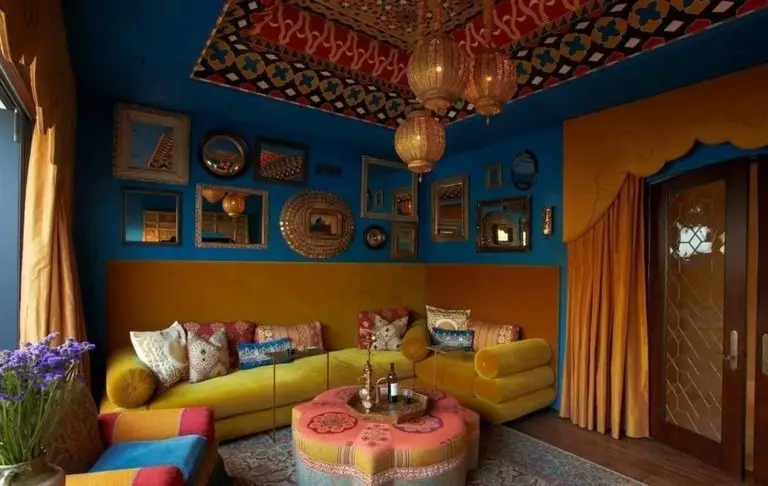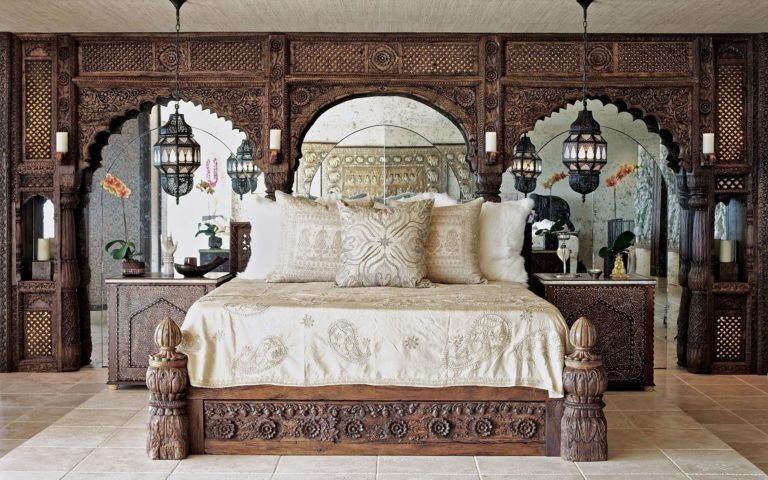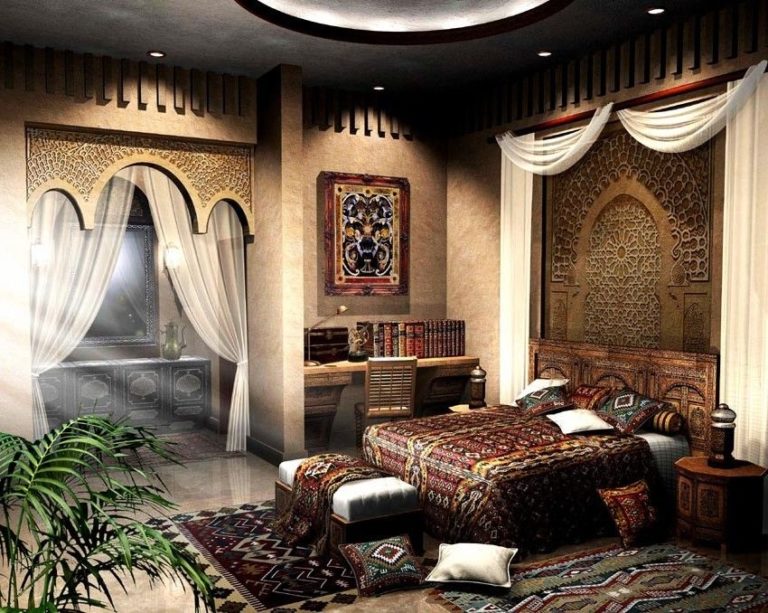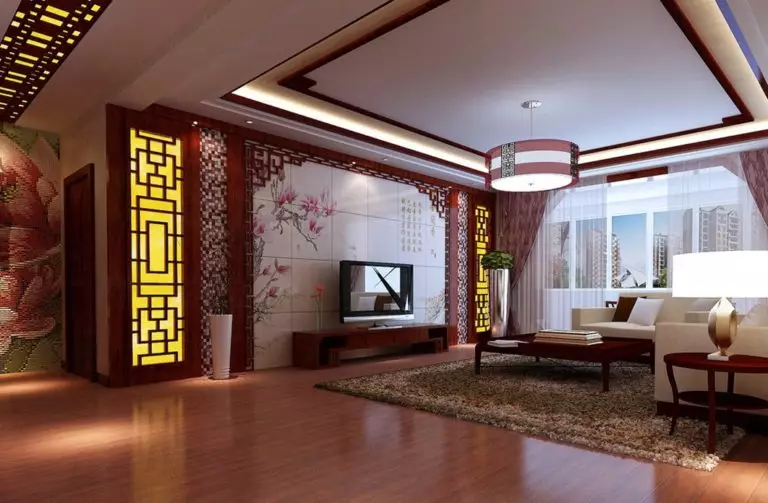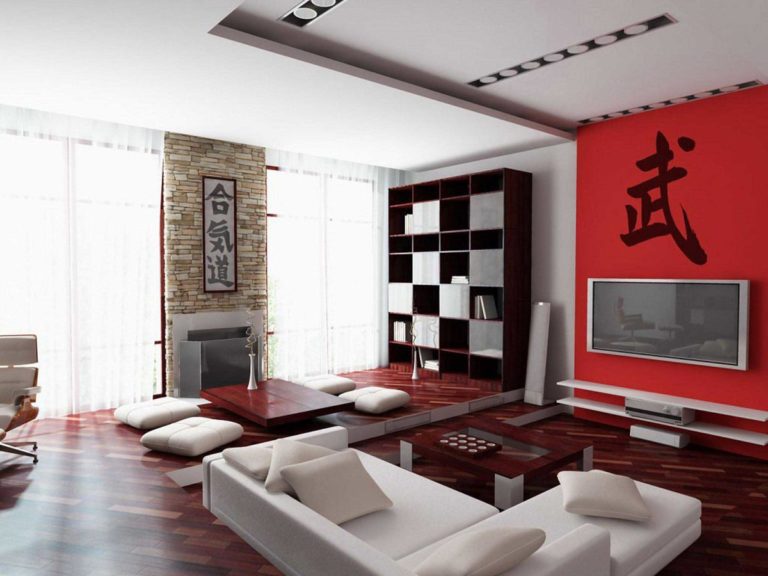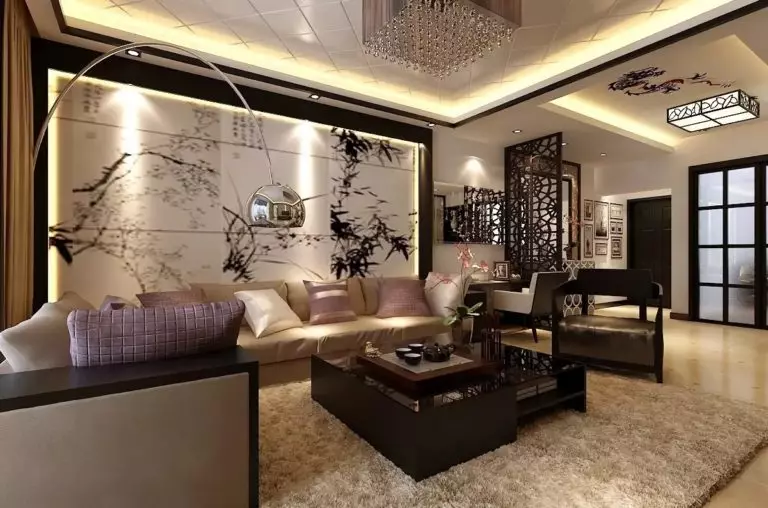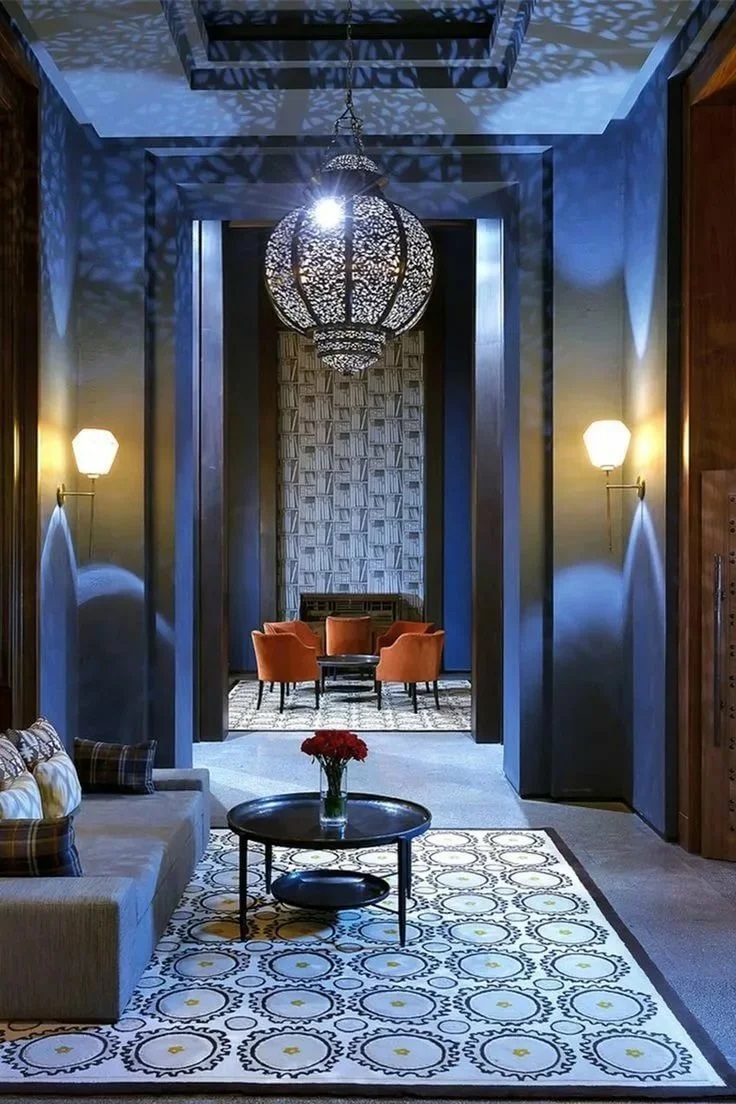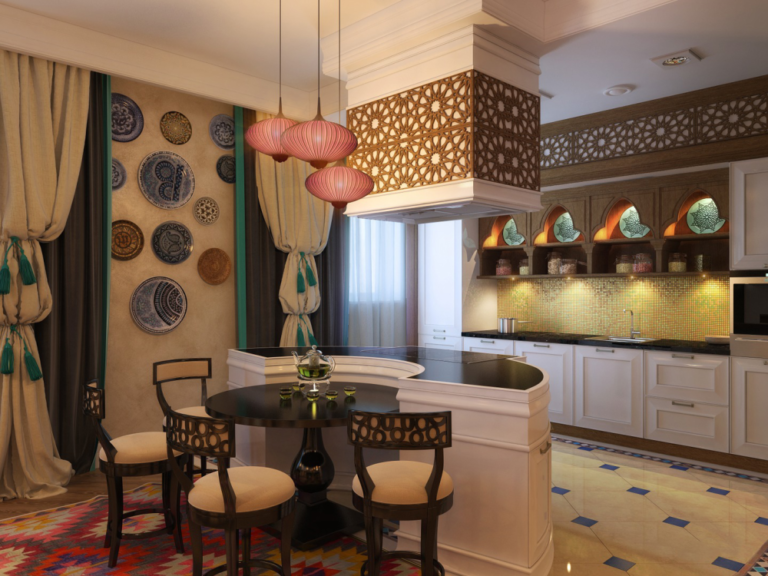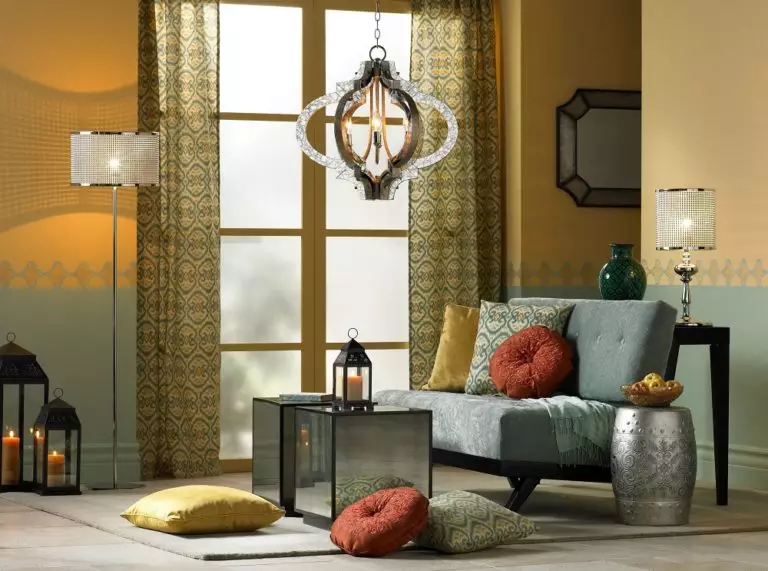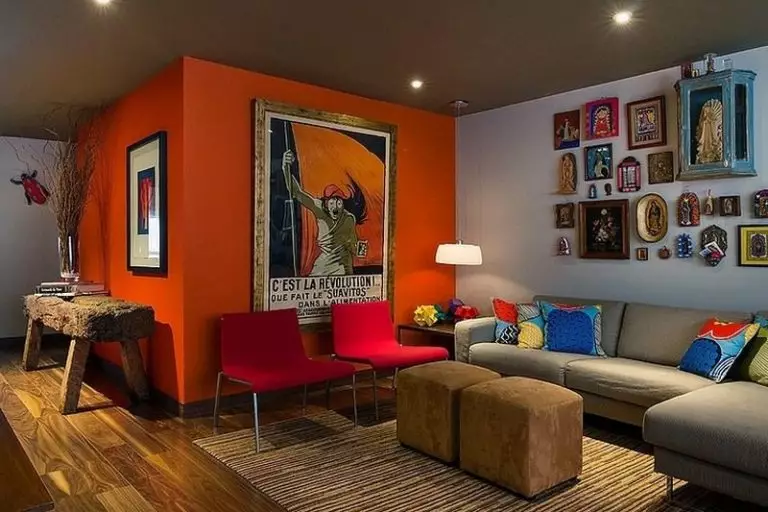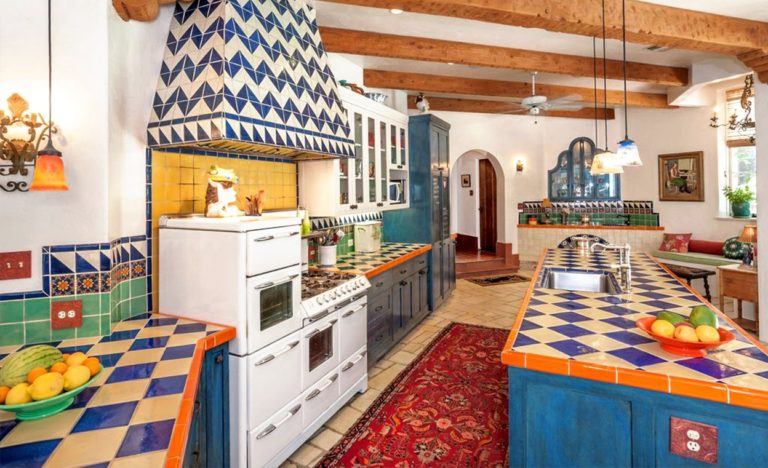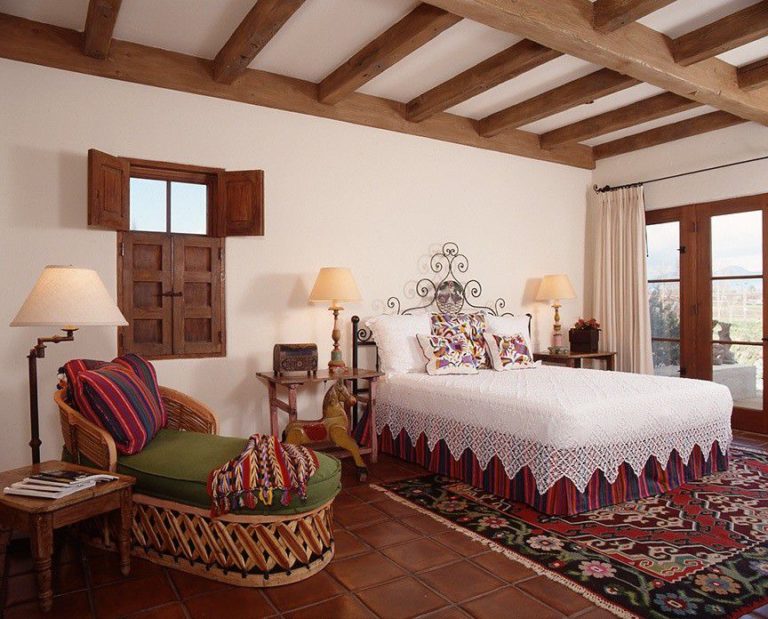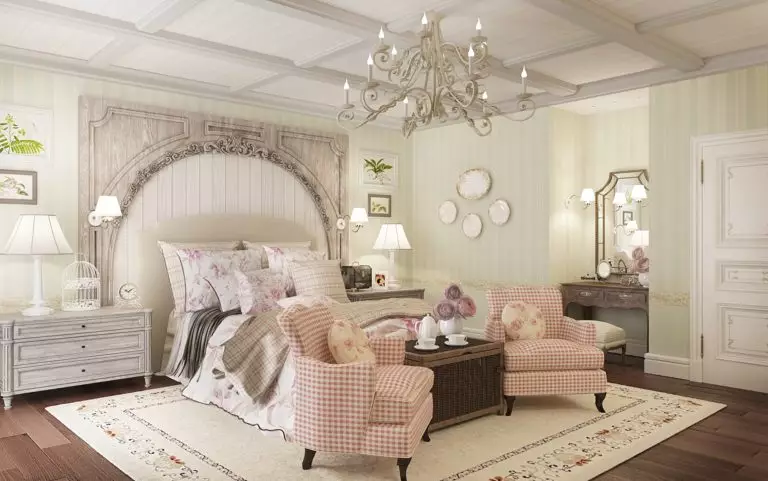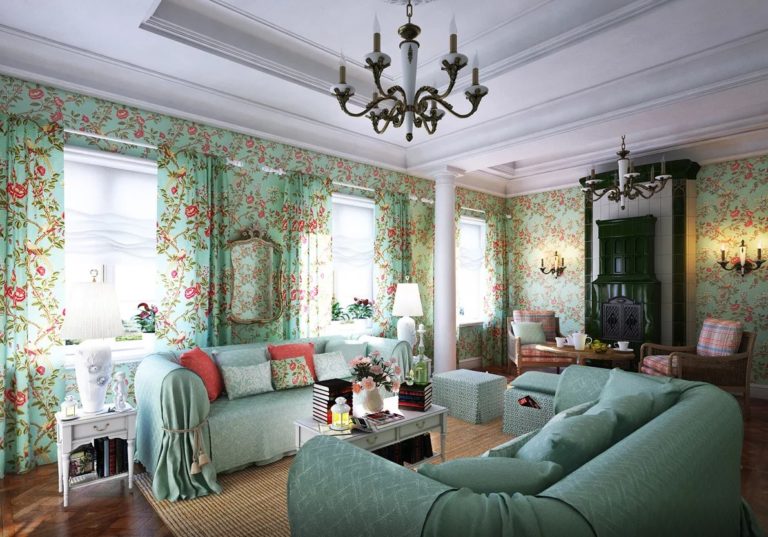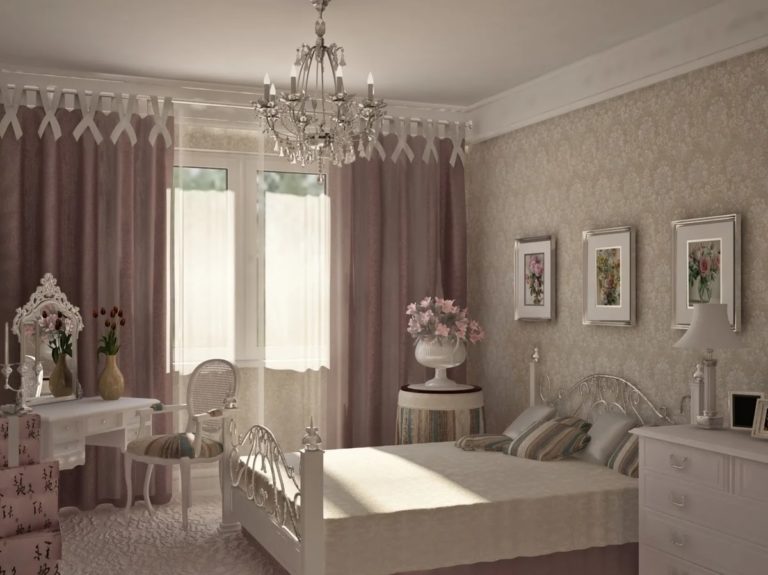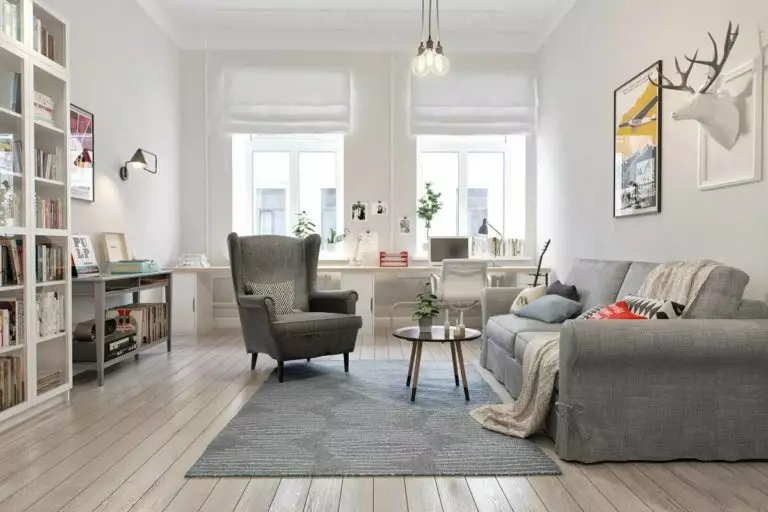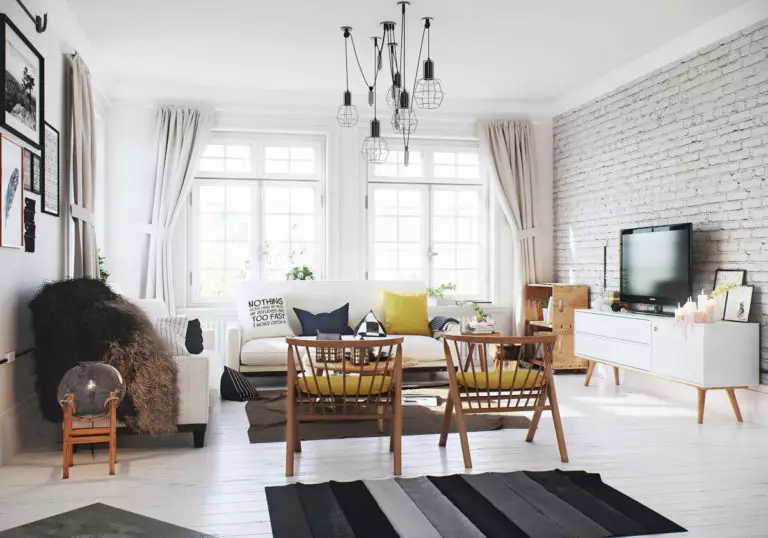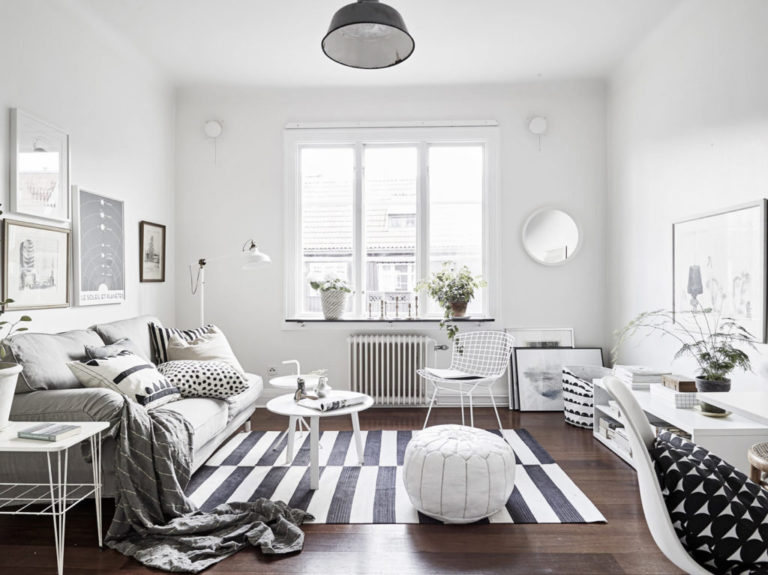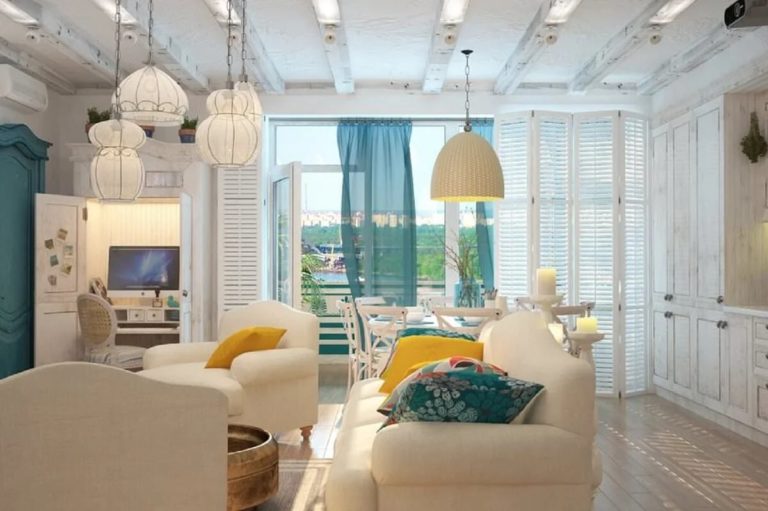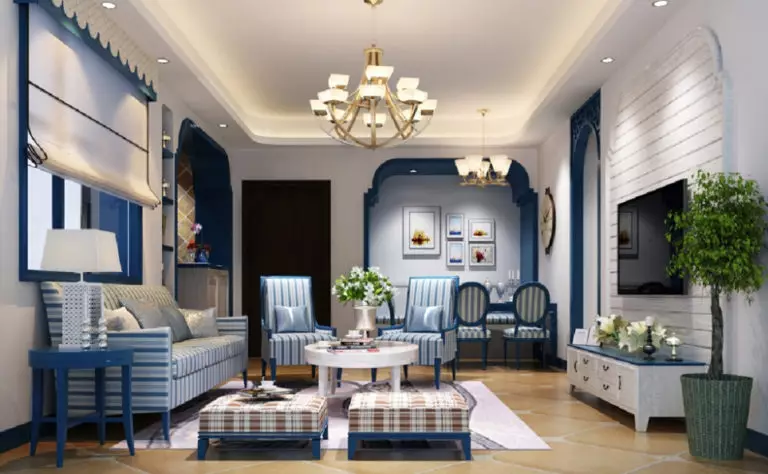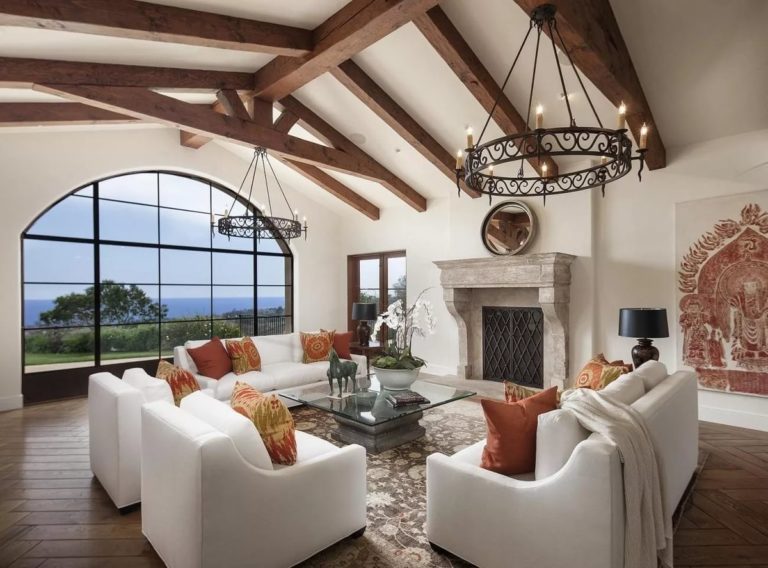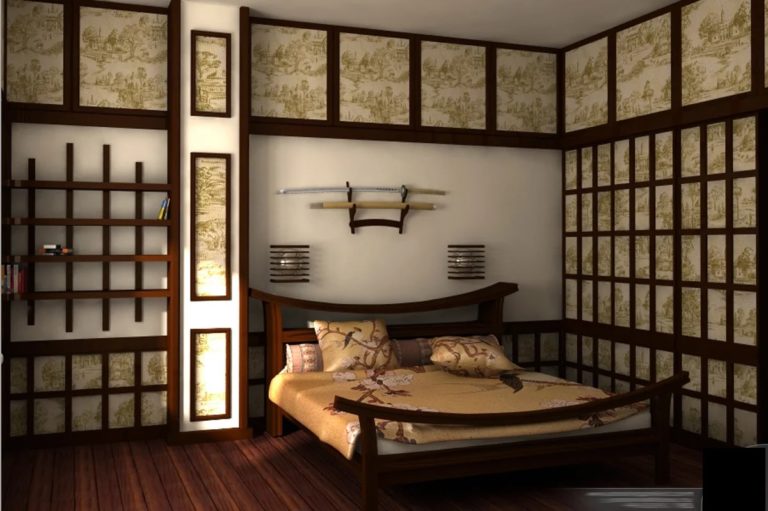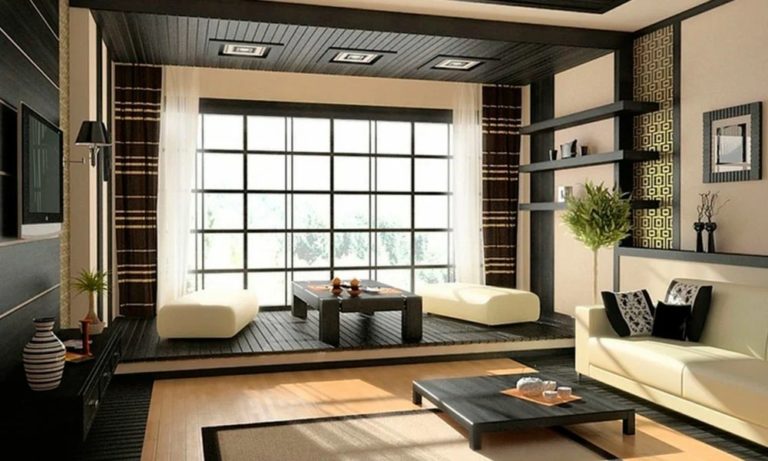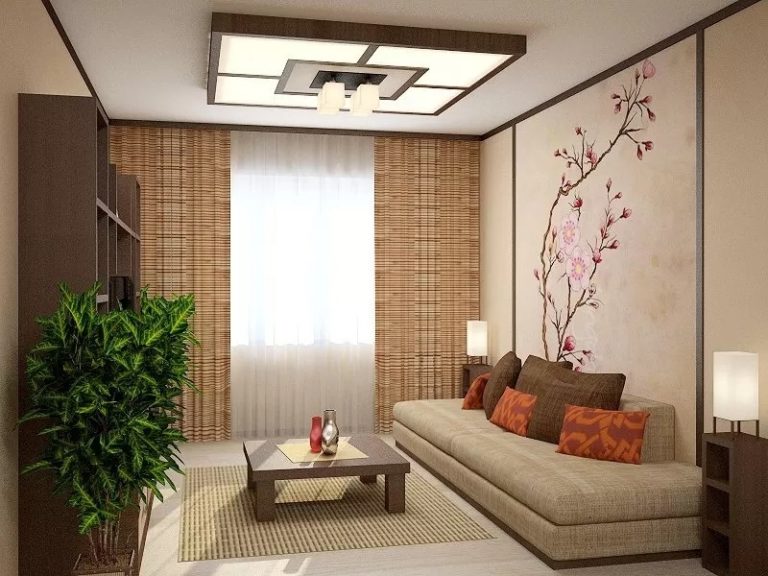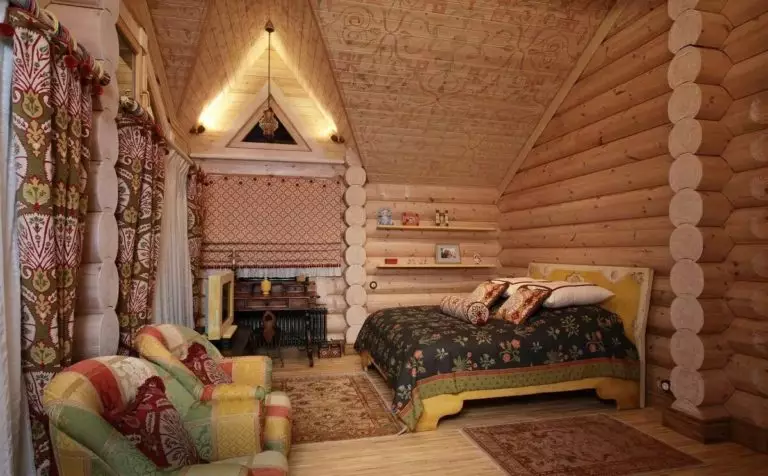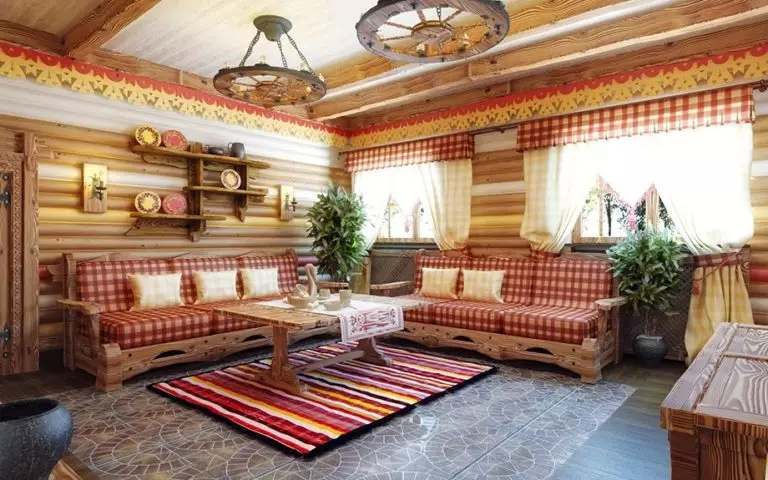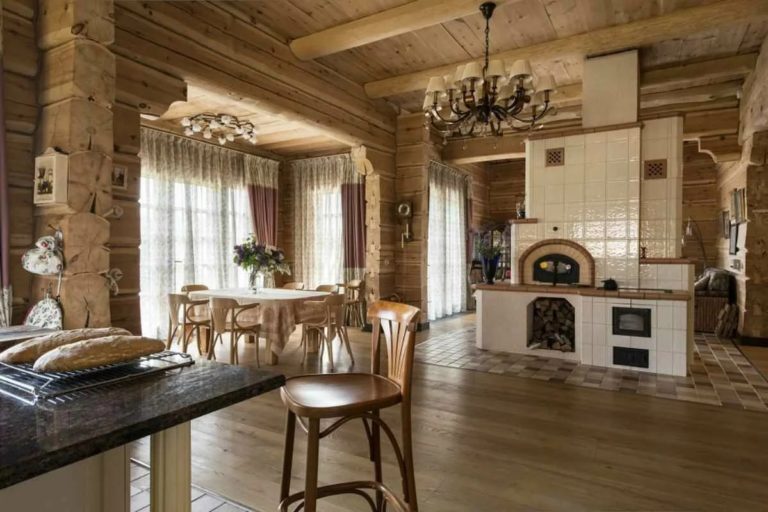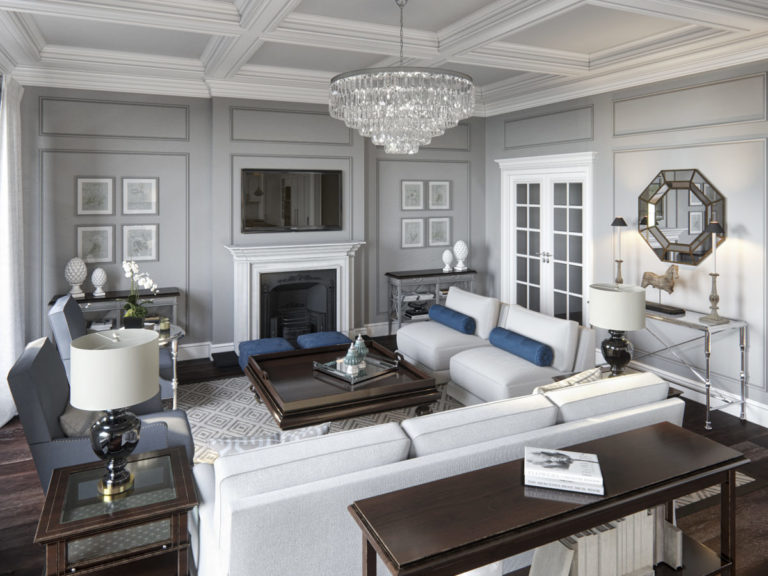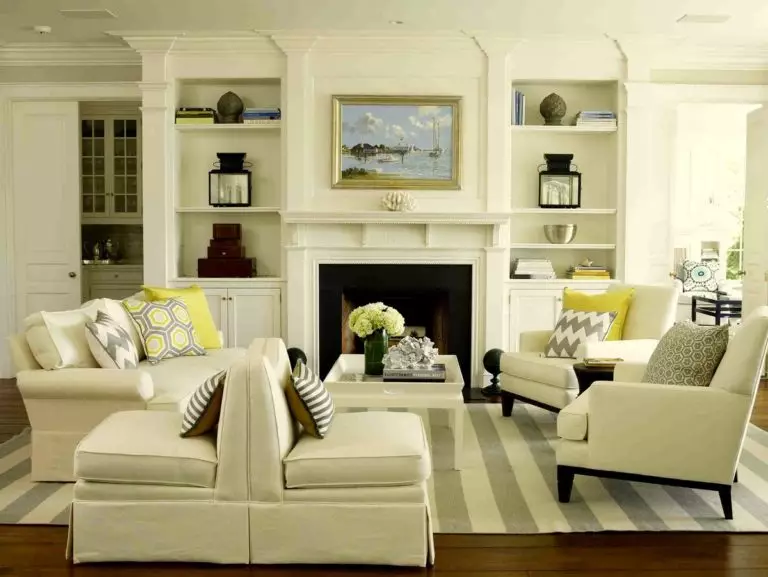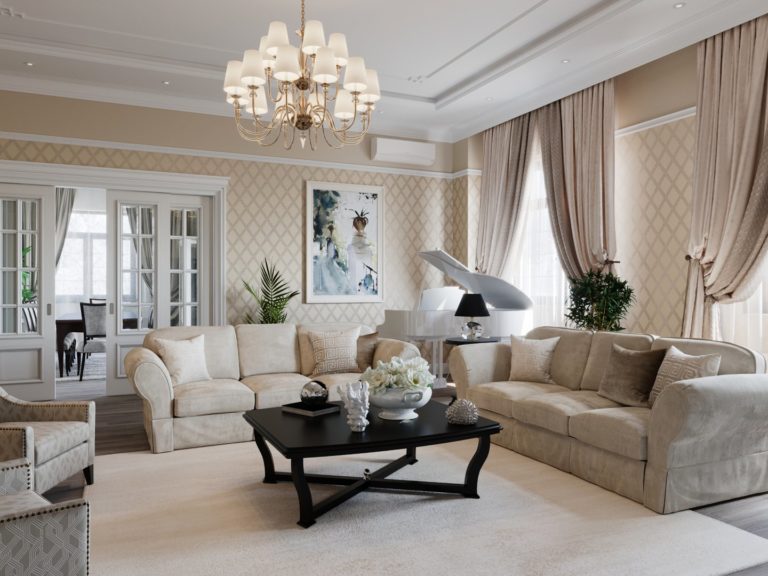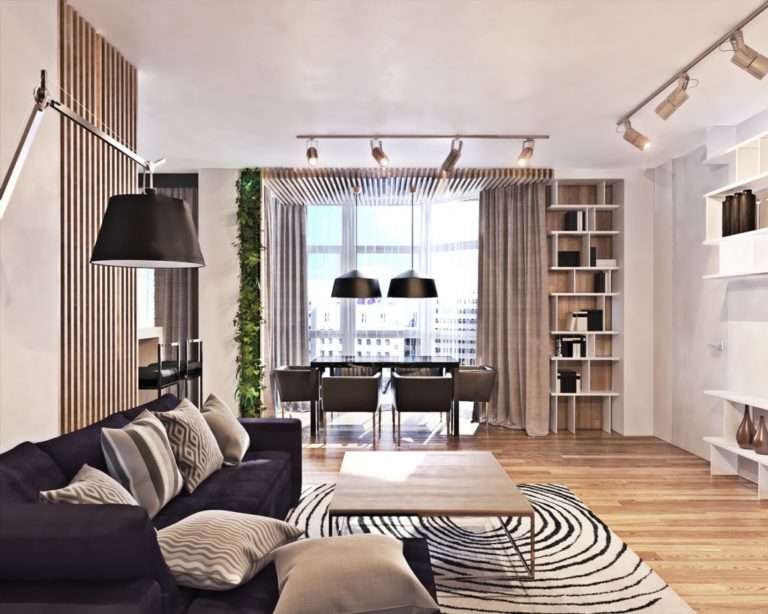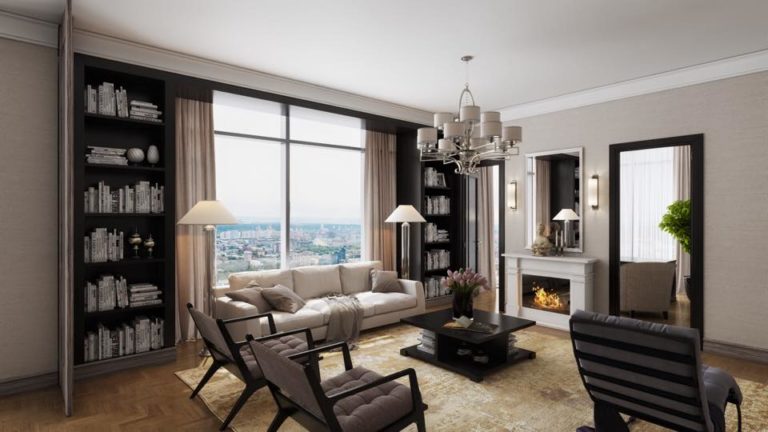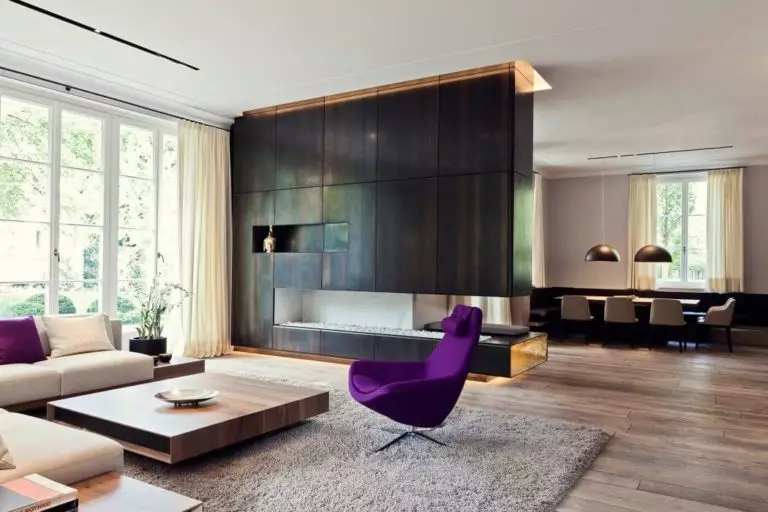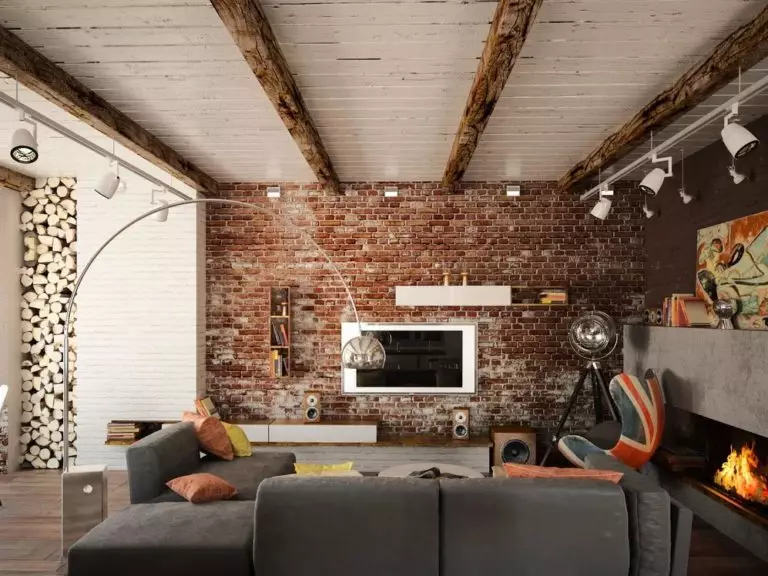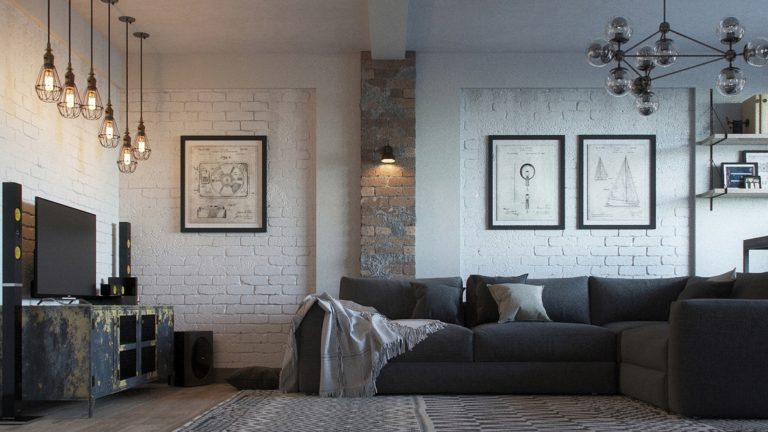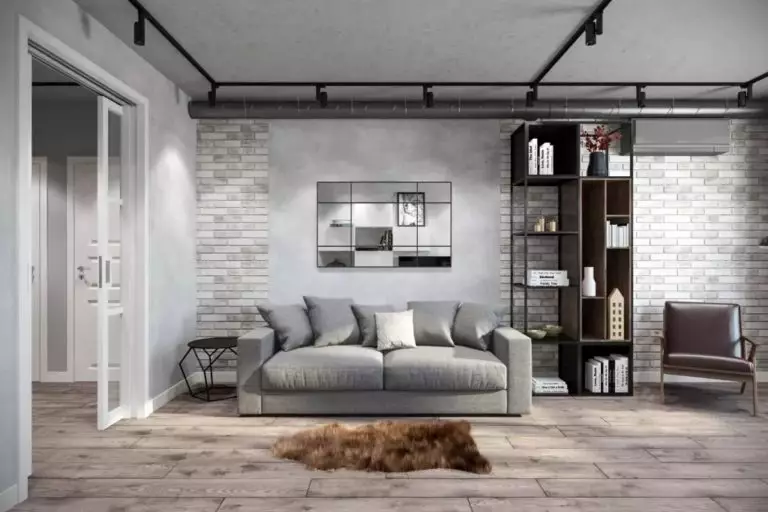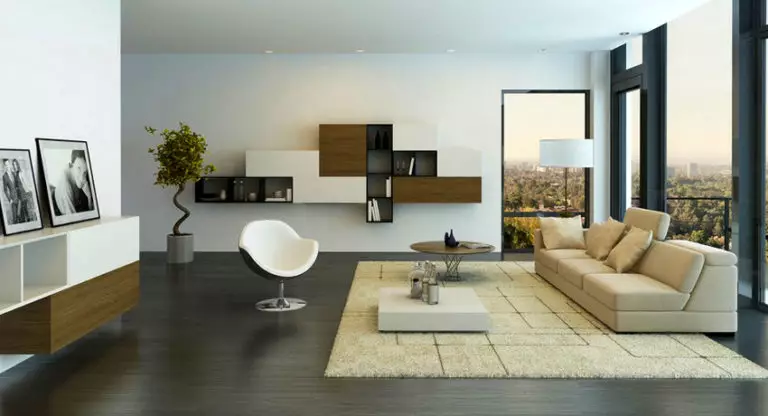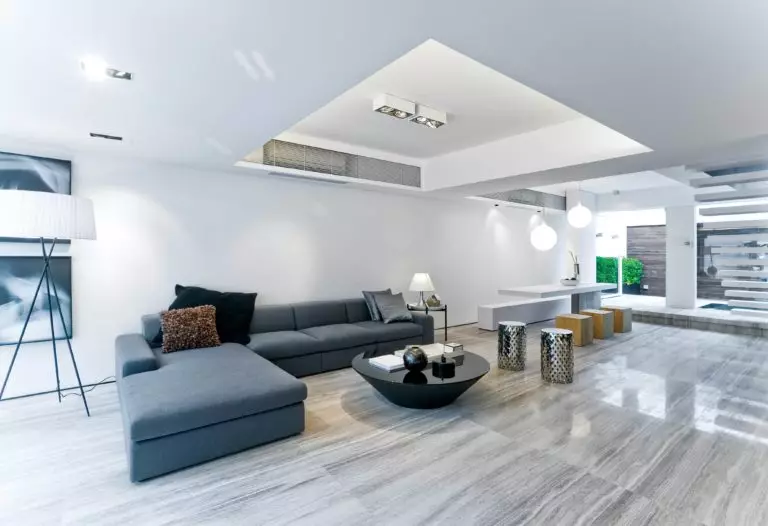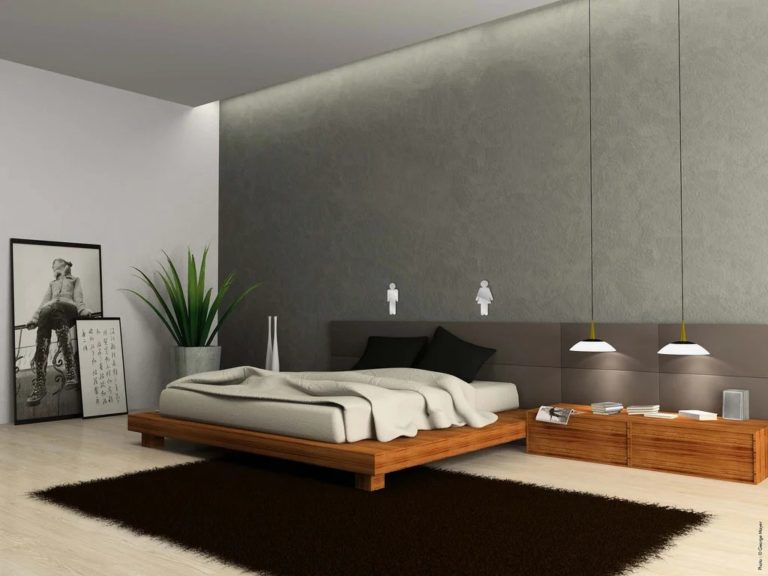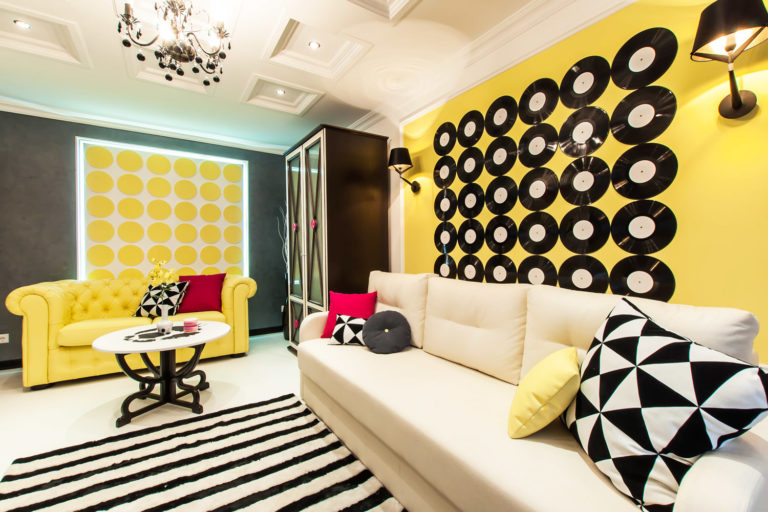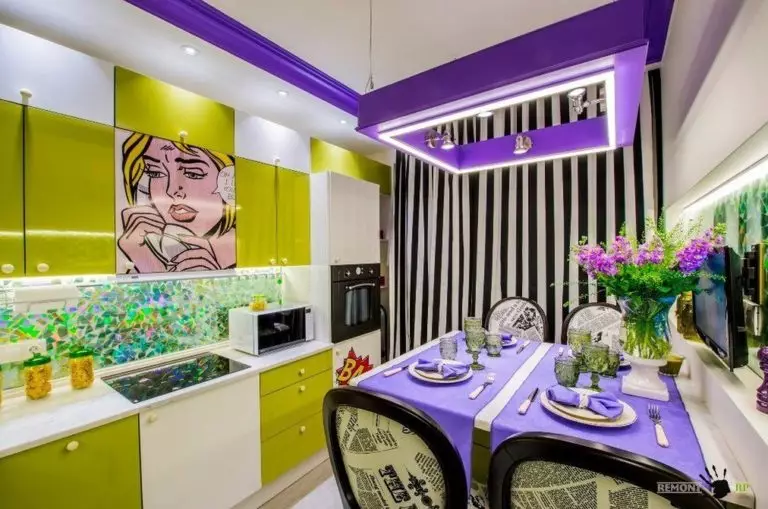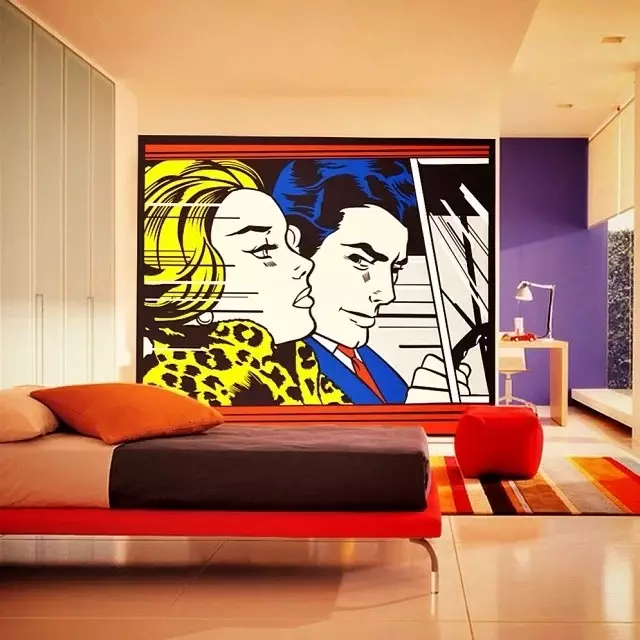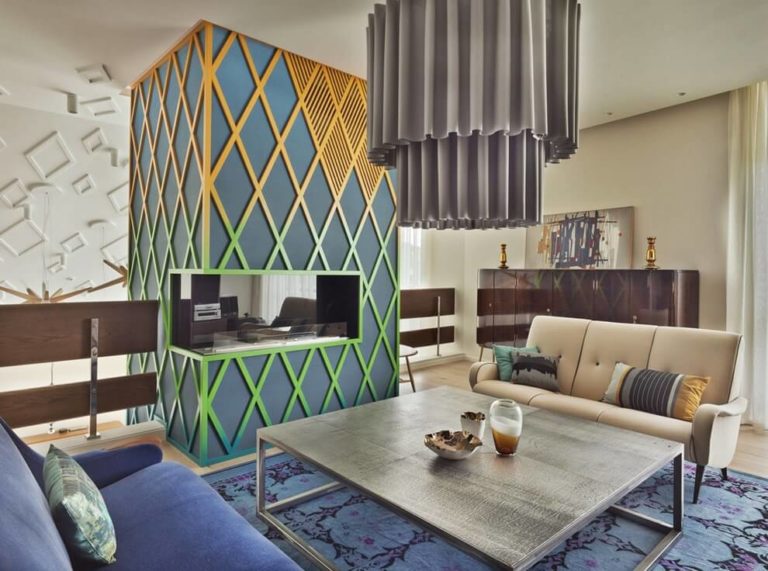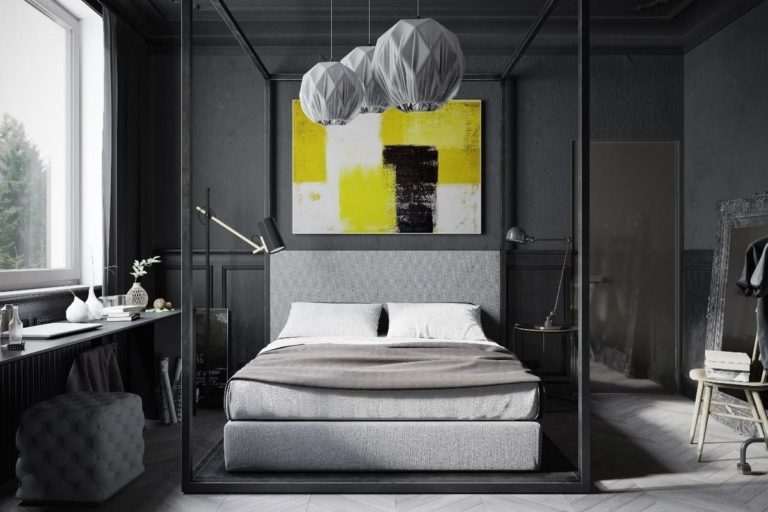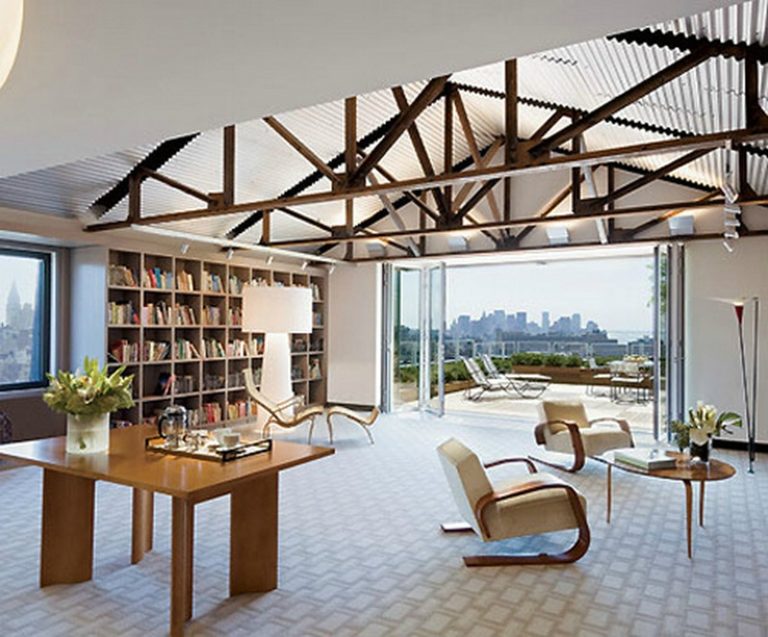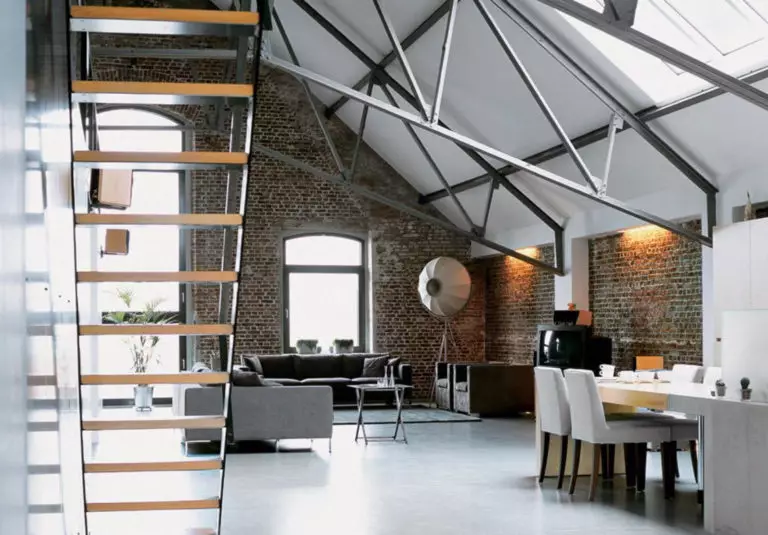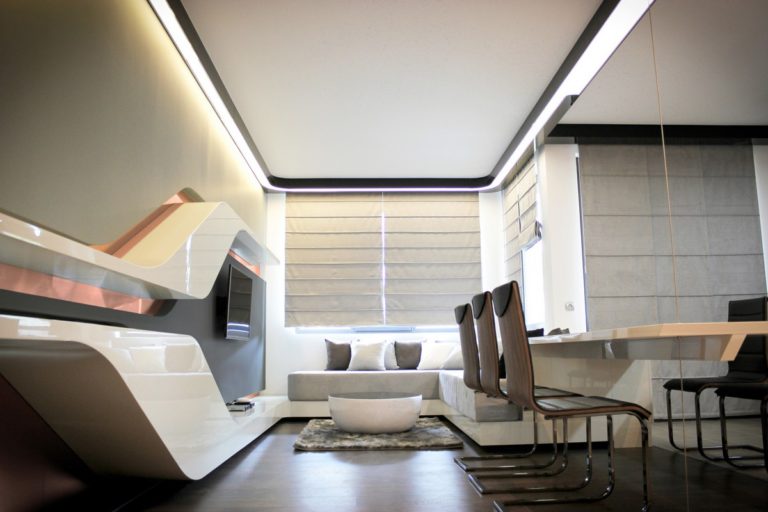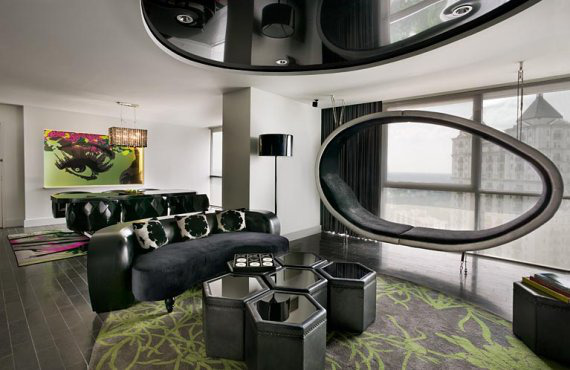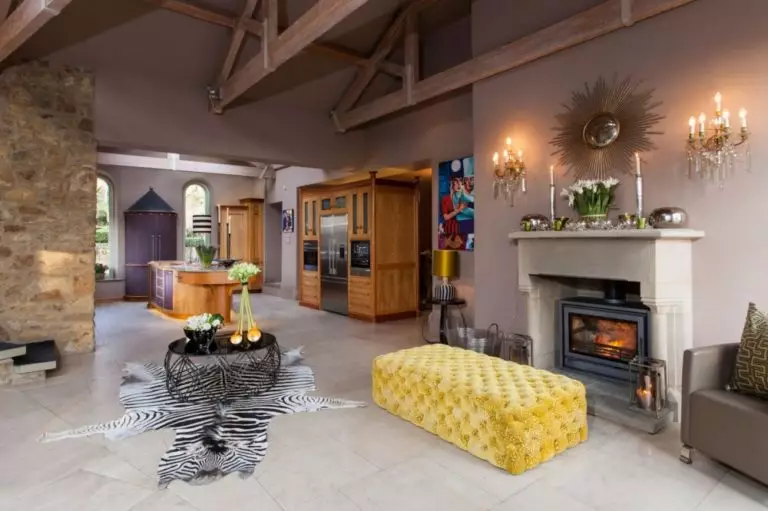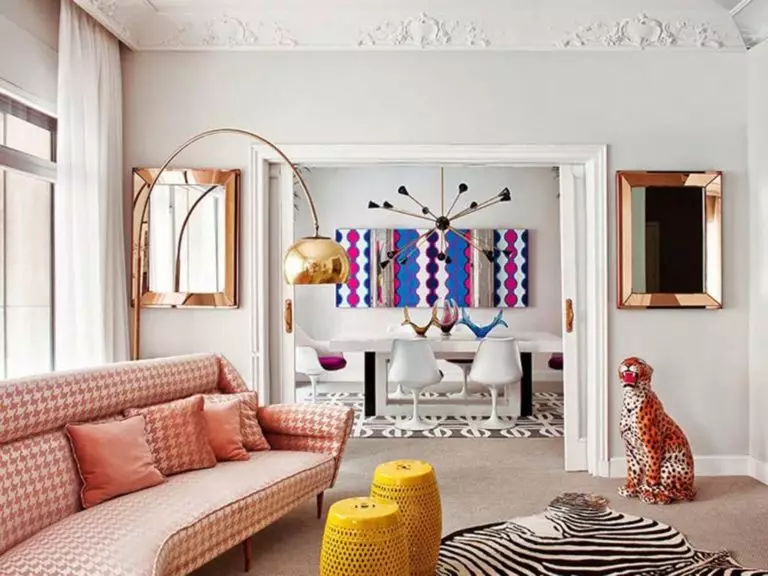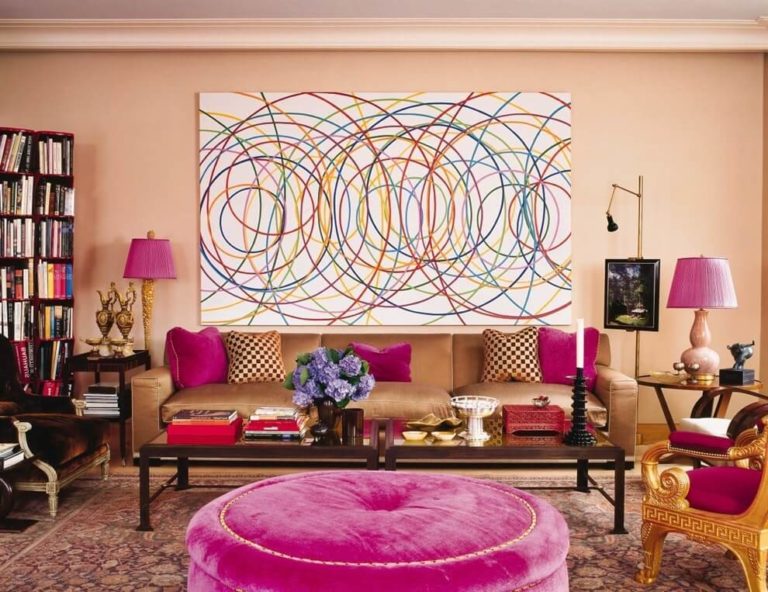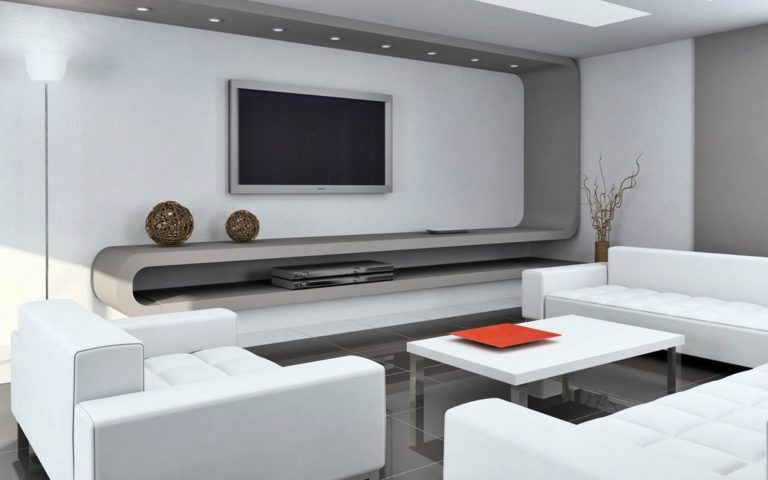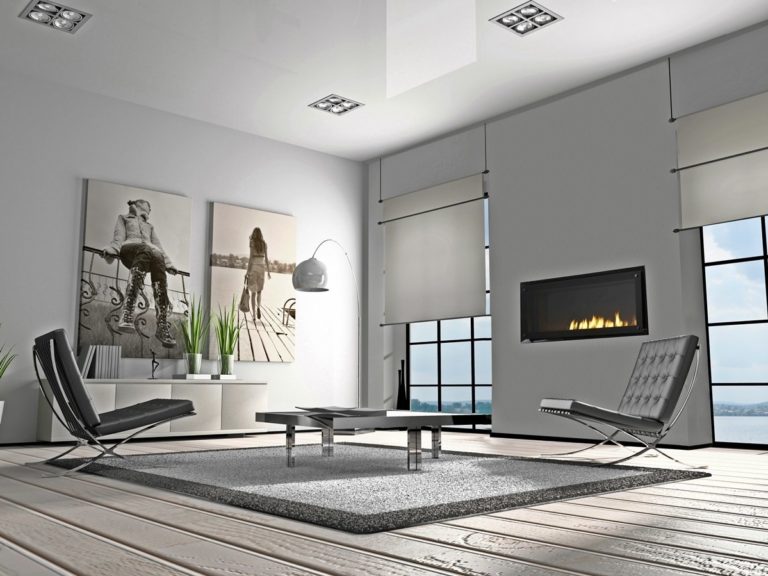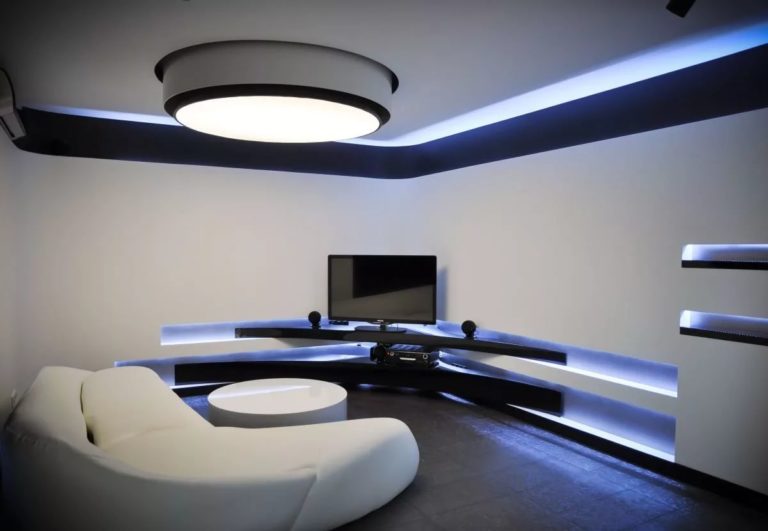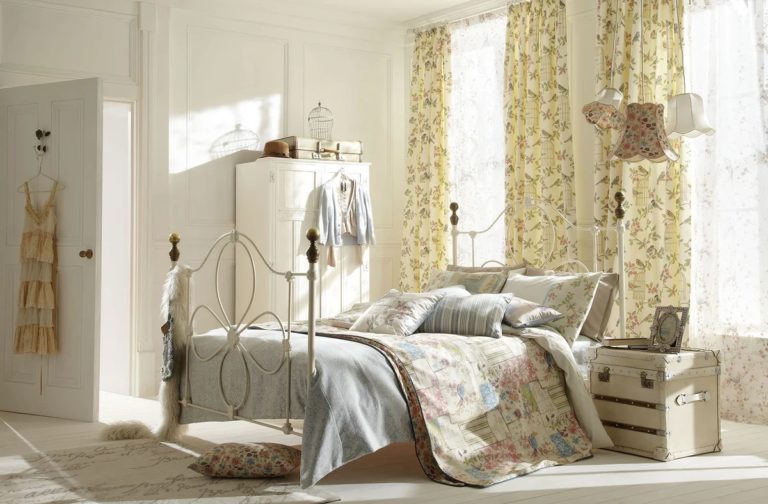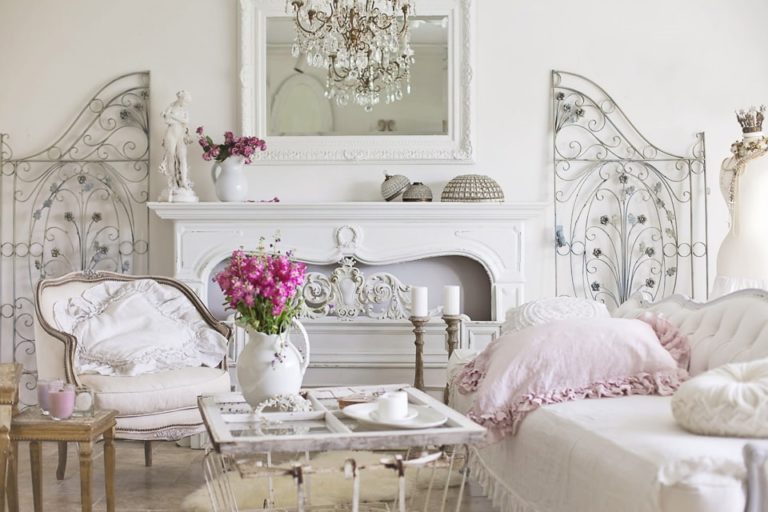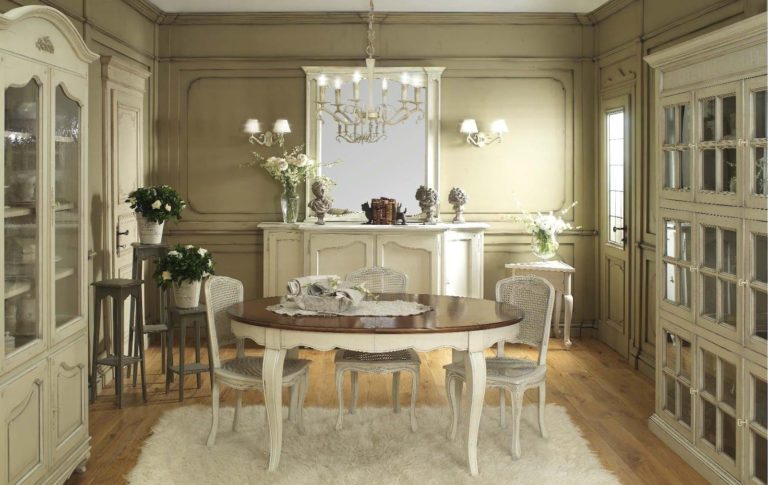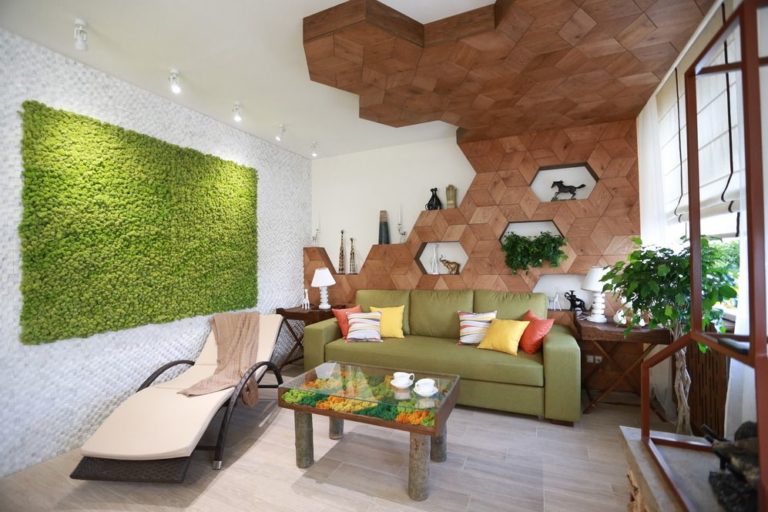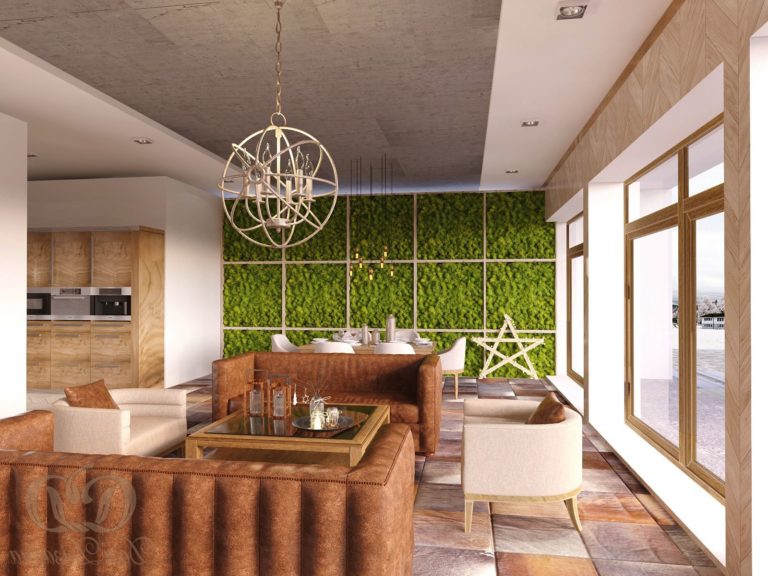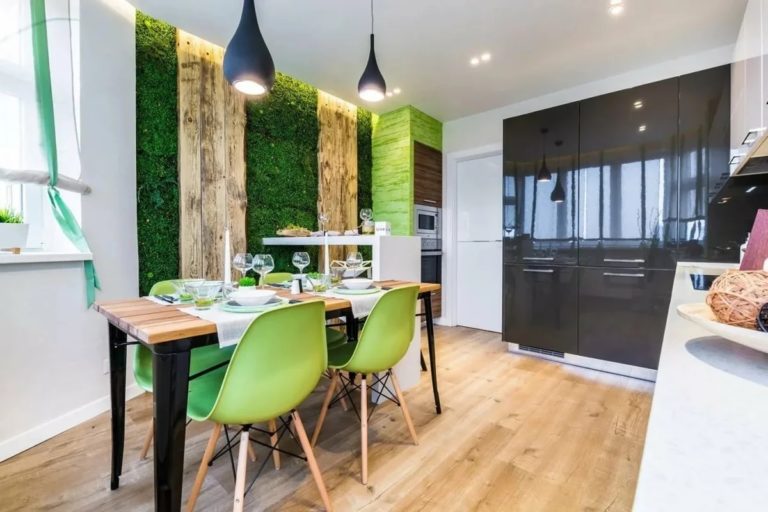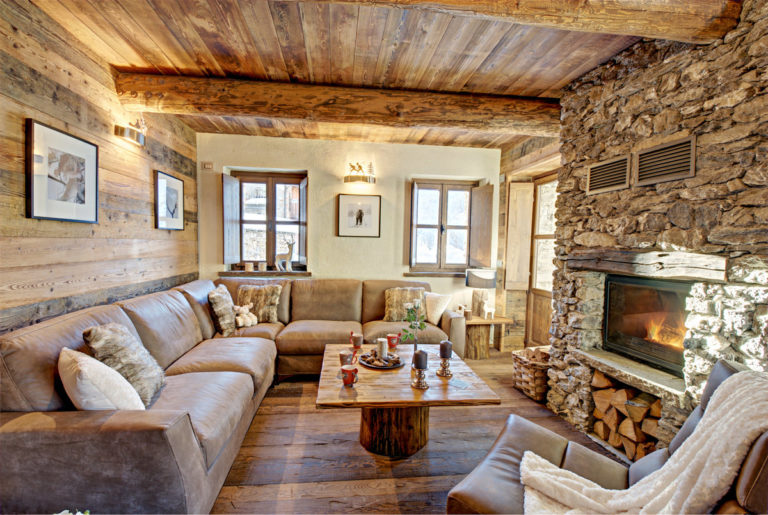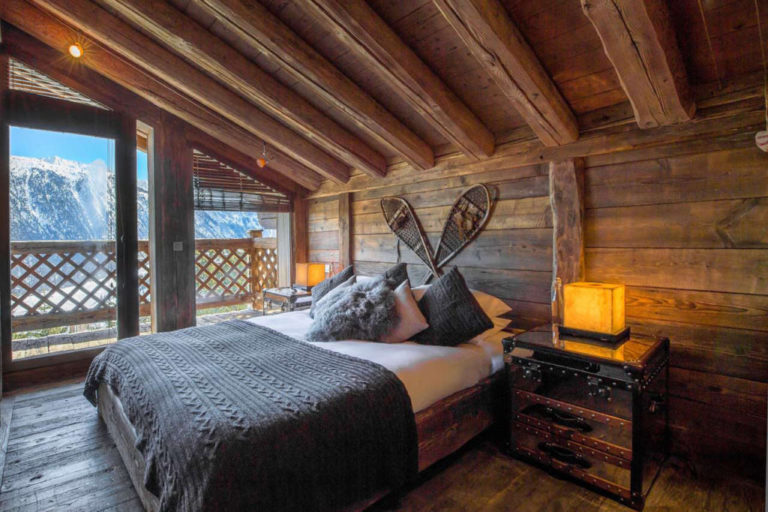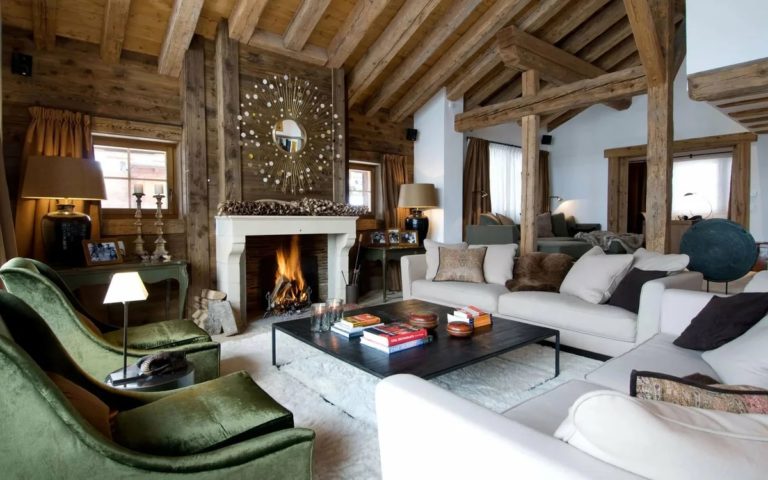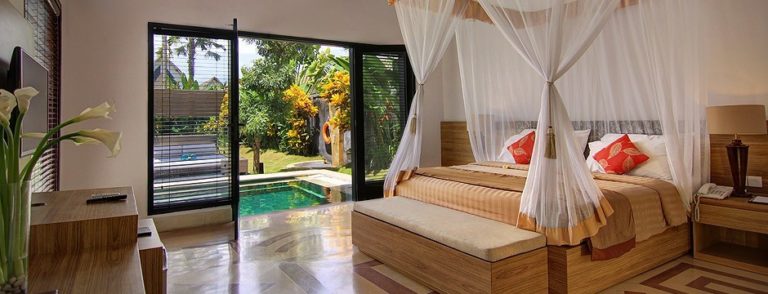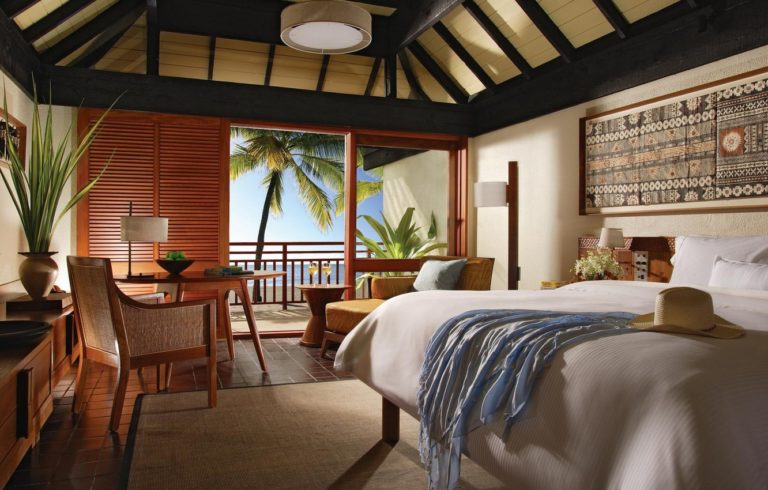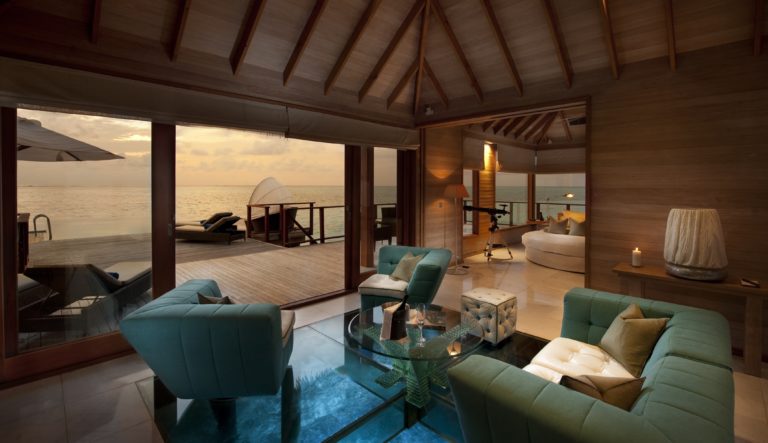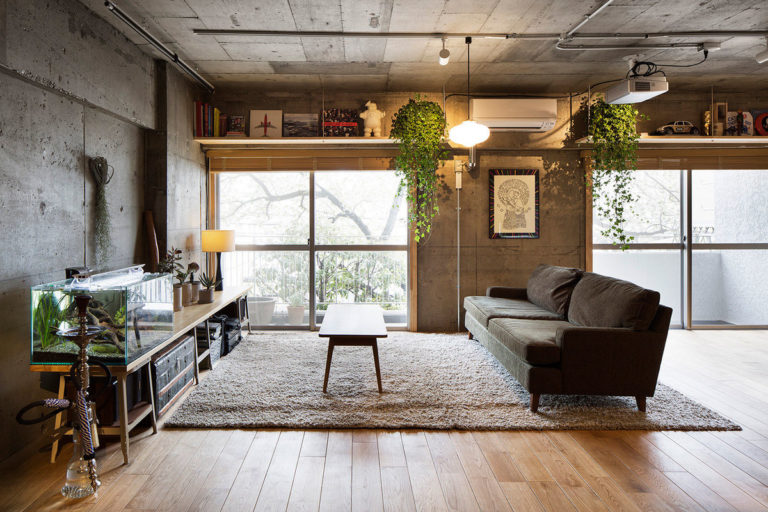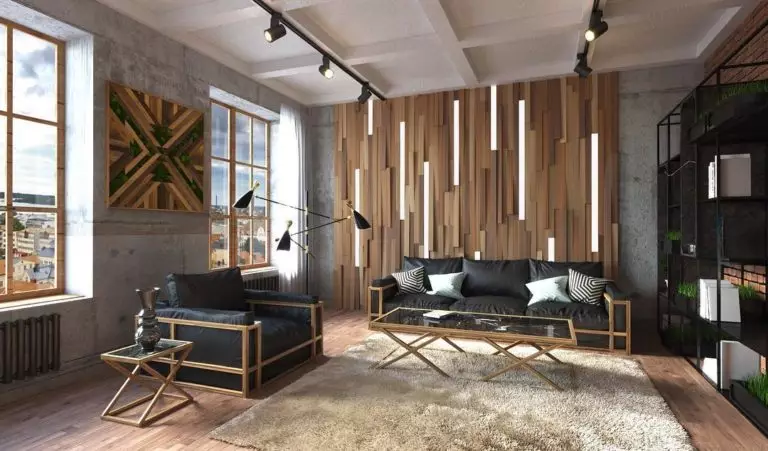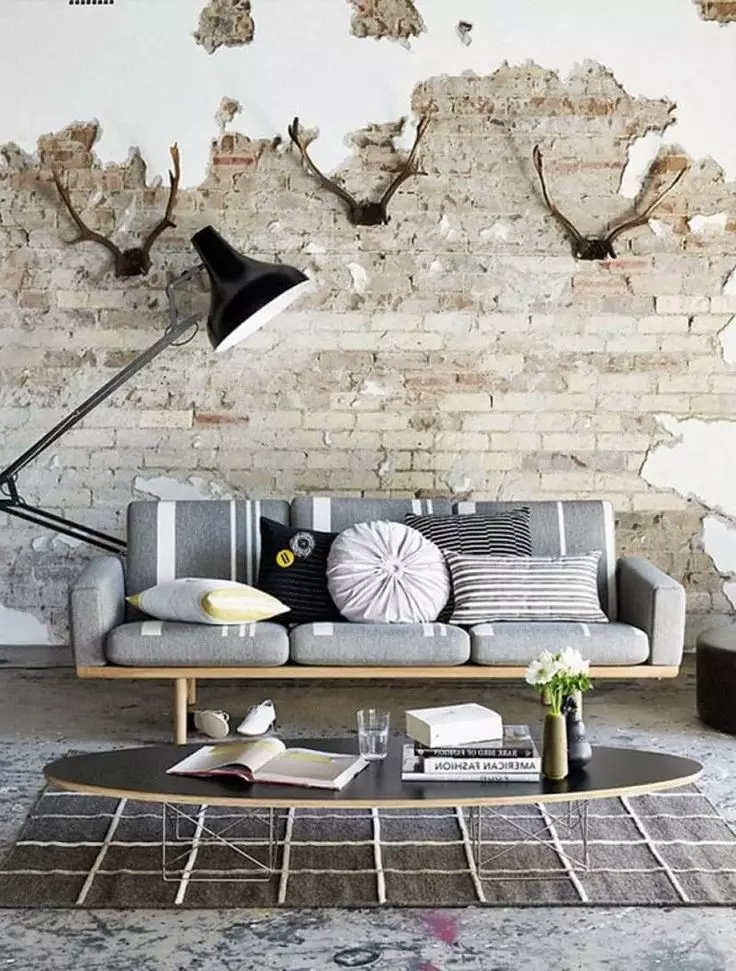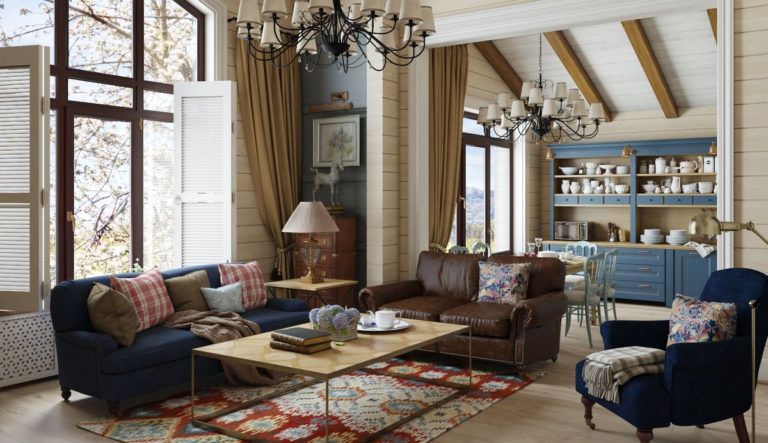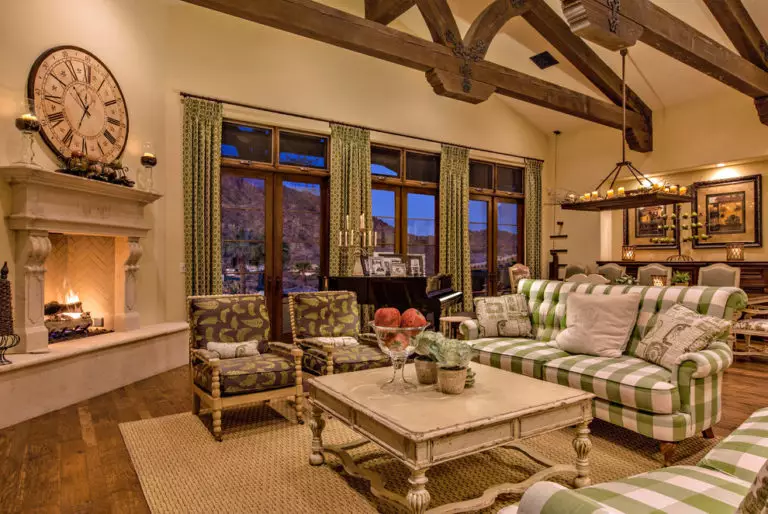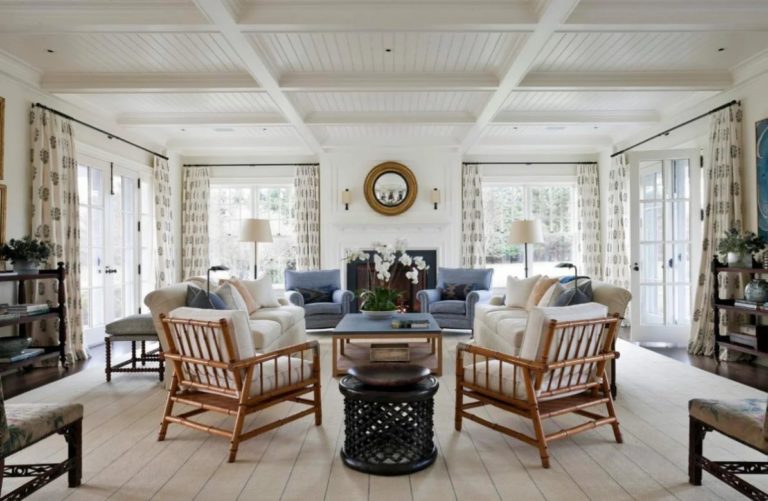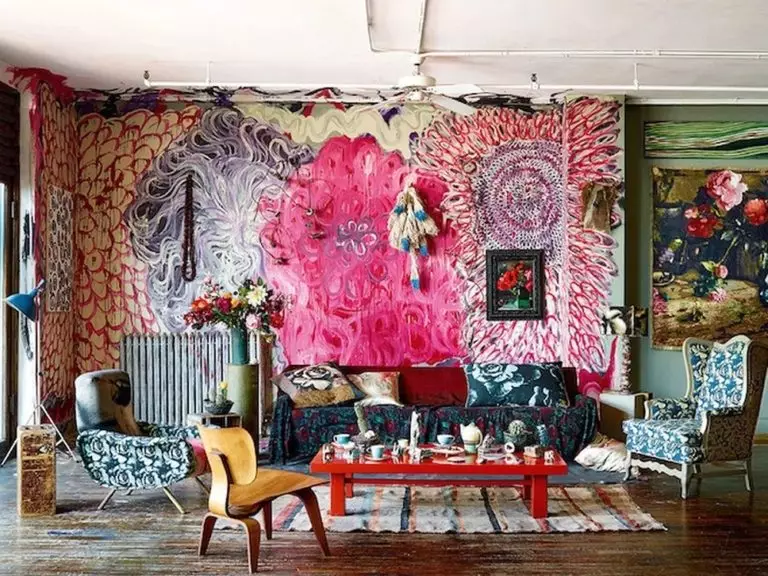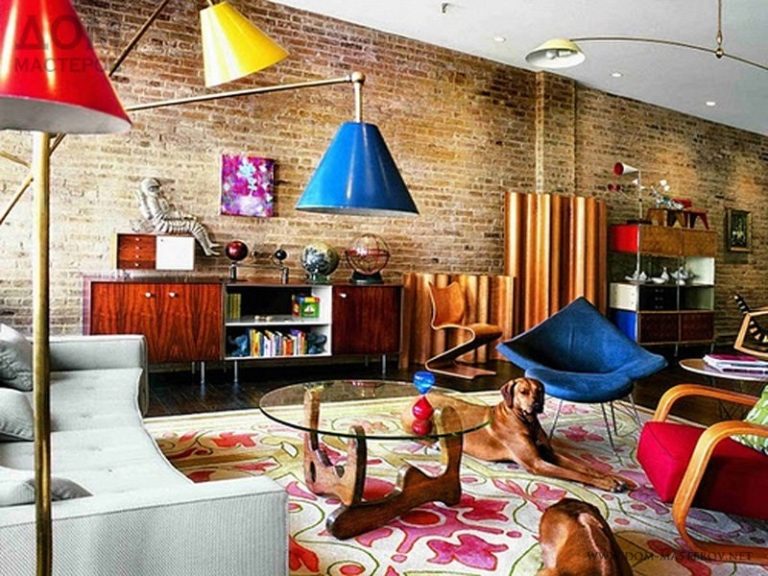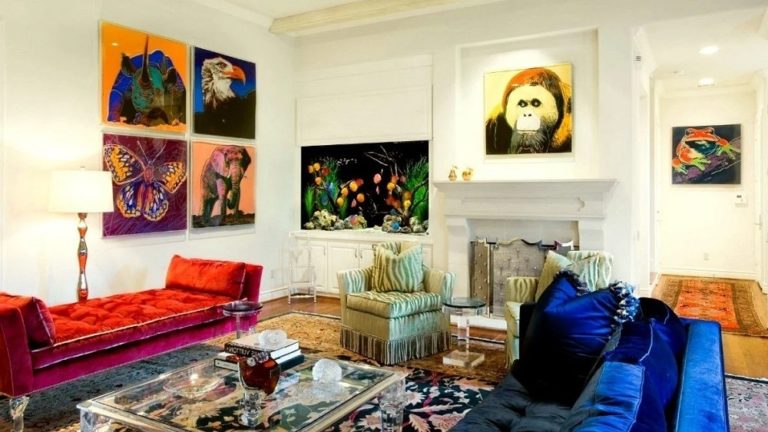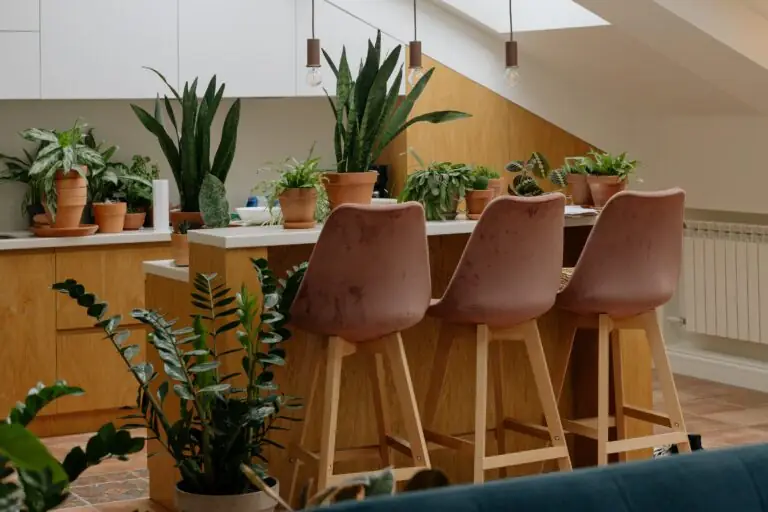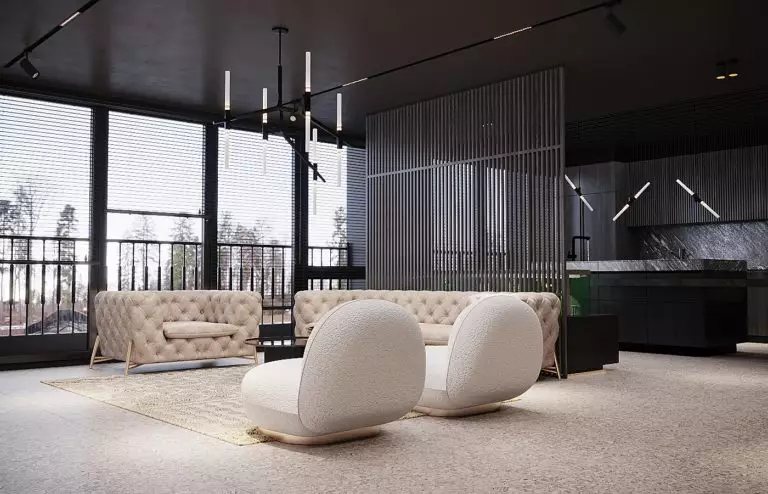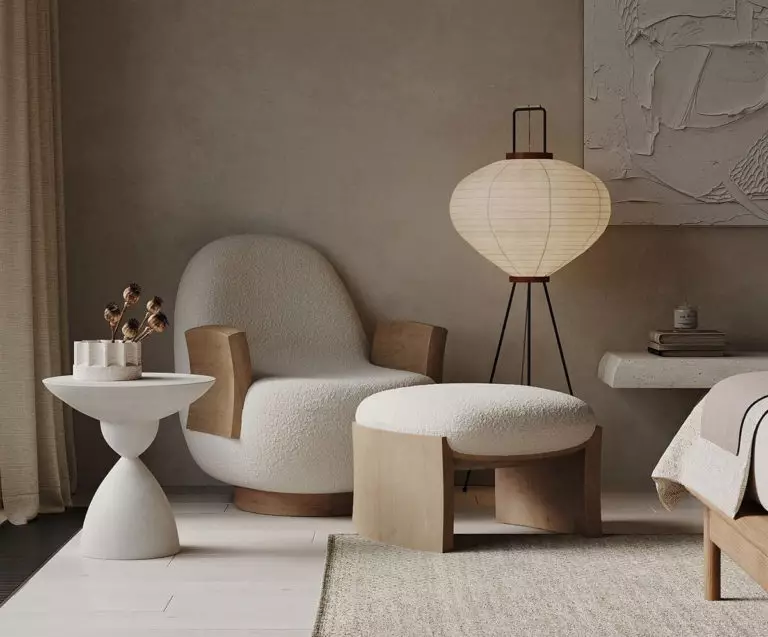Interior design styles: Complete list
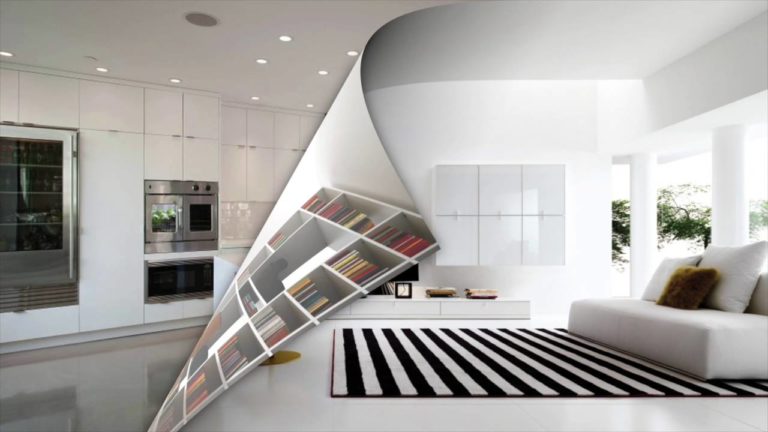
In this section, you will learn about the main directions and styles of interior design: historical, ethnic and modern. Here are the main features of each style with a photo. We hope that this information will help you understand how comfortable you will feel in one or another interior.
Historic interior decoration styles
To equip the interior with one of the historical styles, it is not necessary at all to scrupulously respect the classic values: it is enough to have a delicate taste, as well as a sense of the proportions which does not allow you to transform a living room into a frozen museum exhibition. The only condition put forward by the historical styles of interiors is large surfaces. It is quite possible to recreate the romantic luxury, the respectable severity of your favorite times in a modern country house, a spacious restaurant or in a large apartment.
Avant-garde
The avant-garde style went from art to interior in the early twentieth century. This innovative orientation involves the use of the most modern materials and appliances, original furniture and the clever use of a color palette for interior styling.
The contrast in the design of unusually shaped walls, windows, and doorways, niches, and individually-lit furniture is only a fraction of the interesting details that characterize the unusual Avant-garde style.
Empire
Respectability and splendor are present in the daily lives of people who choose the Empire style for interior design. To make plans in this style, large areas are needed. You must admit that massive armchairs covered with gilding or bronze, cupboards adorned with sculptures in the shape of crossed swords and chairs with feet in the shape of a lion’s feet or griffin, assembled in a small space, will look like an antique store, but not to a grand hall.
Antique style
Although the word literally means antiquity, the antique style, which traces the life of the cradle of European culture – ancient Greece – is quite utilitarian from the modern point of view.
Integrity, sophistication and sense of proportion are essential when creating an antique interior. Its construction begins with a redevelopment – unless of course you do not have a studio. You will have to get rid of some of the partitions, even in a large country house. The center of the interior is the atrium, a spacious rectangular room in which the life of the owners takes place.
Art Deco
The Art Deco style inside is the style of the “stars”, a brilliant highlight of the beauty and worship of the world, which was born on the occasion of the twentieth anniversary of the interwar period. Its predecessor can be considered modern, admiring the splendor of the past and striving to walk on it with a modern scissor.
The interior in the Art Deco style is not aimed at a well-balanced composition, but rather several “beauty systems” that add to the splendor of the differences: exotic objects, retro primitive, painting (ideally Cubism), dispersion of straight and broken lines , mandatory presence of luxury details on a bright background highlighted by modern products. At the same time – no chaos, the presence of everything is due.
Baroque
“Addiction to excesses” – the baroque word is translated from Italian (spanish “barrueco” – “pearl of irregular shape” – also has the right to life, because the curvilinearity inside dominates). In practice, the baroque interior design style is rich in refined decoration: inlays, gold embroidery, miniature forging, as well as multiple finishes for the most functional objects.
Baroque is a multi-layered splendor designed to emphasize the atmosphere of idleness and happiness. The style that comes from palaces of monarchs can not be different. A country house is the most appropriate area for reconstruction. Royal furniture should be symmetrical with respect to high ceilings and windows.
Victorian style
For people who value themselves the standards of a quality home, it makes sense to take a closer look at the canons of the Victorian style. Victorian style in the interior implies the presence of a country house and consistency – the tastes of the Queen Victoria era did not imply fakes.
Conservatism, austerity, impeccable and unshakable elegance – the owners of a Victorian-style house can feel themselves as the English of the old school.
Gothic style
The opportunity to acquire large land plunged into a craving for the medieval harsh beauty of high-looking lines and fancy games of stained-glass windows. Gothic style in the interior with its simplicity of silhouettes opens up great opportunities for the natural placement of plasma panels and other modern objects.
A narrow gallery with candles in candelabra, high ceilings, lancet windows, a huge fireplace and animal skin on the floor – this is not all. A conspicuous functionality that saves space is the main rule for building a Gothic interior.
Classicism
The classicism style in the interior is an aristocratic style, which put restrained elegance at the forefront; it replaced the baroque, which weary the owners of huge apartments with multi-tiered lace. Based on Greek and Roman examples, designers returned to the splendor of ancient minimalism.
The rooms, designed in the canons of classicism, remain committed to the decorativeness and picturesqueness of walls and furniture. The organization of space is especially important here – the geometrically correct area is zoned by columns, half-columns and pediments, but not overloaded with furnishings.
Constructivism
The style of constructivism in the interior is the domestic know-how that arose at the dawn of revolutionary transformations in the era of an overwhelming enthusiasm for the mechanization of not only production, but also everyday life. The inspires of this style made the simplest things be beautiful, saying that objects deprived of a functional load were unnecessary in the interior.
Not only beauty, but also the comfortable use of the right things puts constructivism at the forefront. The strict forms are due to the assumed compactness of the placement of objects, while the center is the design of the missing composition of trifles. The concept of zoning disappears, the room is entirely subordinate to its intended use.
Modern
The modern style in the interior is the most “epoch-making” of the classical styles and the most interested art critics. Within the framework of this style, the transition from established forms and silhouettes to the revolutionary performance of objects is especially evident. Arising simultaneously with new trends in painting and literature, modern allowed to break into the layman’s dwelling with new technologies, and at the same time dispelled the stereotype of “secondary nature” of applied art.
The extravagance and even some pretentiousness of things of everyday life, modern turned into a lifestyle. Utilitarian things suddenly gained momentum due to “pure aesthetics” – additional glass elements, animal-shaped furniture legs, plot fittings began to attract attention. But the main thing is that not a piece of handmade work, but a factory product has grown in importance.
Neoclassicism
The Neoclassicism style in the interior is a godsend for traditionalists open to modern trends and design moves, as well as ready to admit that quite classic things can be made from modern materials. The classic component of this style is the attitude to the organization of space, as well as following established beliefs about the purpose of things.
In fact, neoclassic is an opportunity for a lavish decor of a house or apartment without compromising ownership of the spirit of the times. In other words, this is minimalism, which touched on classical splendor.
Renaissance
The Renaissance style in the interior is a style of wealth and centuries-long luxury: arches decorated with gilded stucco molding and pilasters, columns, soft cream walls and exquisite plastic create a lost world. Of course, to create a natural residential atmosphere according to the laws of style, you will need the area of a country house and the willingness of its owners to design several large rooms instead of numerous small ones.
Rococo
If you translate from French the name of the Rococo style in the interior, then literally it means “a scattering of pebbles and shells” – the imagination draws miniature curls that covered the interior in abundance. Asymmetry and dynamics at the same time – in the pastel palette with a predominance of pink, yellow, blue and green with the obligatory inserts of white and gold. Only floral ornaments, preferably Chinese, are eligible for unplanned brightness.
Grace and sophistication are required in everything, a thing simply does not have the right to be insufficiently openwork. The inhabitants of the rococo apartments are close to the feeling of eternal carnival, boudoir playfulness with erotic connotations.
Roman style
The Roman style in the interior, like no other, reflects the essence of the expression “My home is my castle.” The monumentality of designs and the solidity of simple furniture is diluted with painting (ideally for religious subjects), things are beautiful, but not decorated.
Having a large enough area to recreate the atmosphere of a medieval castle, we decorate the walls in such a way as to visually emphasize their strength, zoning the room with thick columns, the ceiling in the form of a barrel-shaped or cross-shaped arch, the windows are round or semicircular.
Eclecticism
The need to follow the chosen style in the interior design of a house or apartment often leads into despair among the connoisseurs of various material cultures, who are equally pleased to surround themselves with priceless rarities and charming modern crafts.
The eclectic style in the interior is a combination of things that are heterogeneous in origin, belonging to eras and styles, and finishing materials, so it can be considered a godsend for such “gourmets.”
Expressionism
The expressionism style in the interior is one of the favorite styles of young people who value pressure, dynamics, energy onslaught, arose at the beginning of the twentieth century, but its true triumphal march around the world is taking place before our eyes. An emotional state is what the interior made in this style wants to express. The interior seeks to incorporate theater, music, cinema, graffiti, calling for help, the grotesque and the deformation of familiar forms.
The process of creating an expressionist interior resembles the work of a sculptor. Lightness, liveliness, fun, pantomime – its mandatory conditions.
Ethnic interior styles
The passion and sophistication of the East, the colorful asceticism of Japan, the filigree of Chinese life – whichever is closest to you, you can decorate your home in one of the ethnic styles. Today, it is easy to buy not only stylized things, but also authentic products, including handmade products. The advantages of ethnic interiors are the ability to create a safari atmosphere or tea ceremony, even in a small town apartment.
English
Thoroughness, pedantry and observance of decency – approximately such associations are caused by English lifestyle. The English interior style means that designs play no less importance than the decor, especially the walls. However, they should not dominate, harmony in the atmosphere of an English home is especially important.
Modern materials offer great opportunities for full-fledged styling to English tastes: wooden panels with a beautiful texture and very moderate decor, heavy wallpaper with a dense pattern and relief, voluminous cornices and pilasters. Both the general palette of walls and their breakdown into three sectors are appropriate, each of which is made in a different way: for example, a combination of green, terracotta and ocher draperies. Wallpaper can be “striped”, as well as with small heraldic symbols.
African
The unshakable rule of arranging ethnic-style interiors is that the culture, taken as the basis for filling the utilitarian space, needs to be truly loved, otherwise exotic motifs will tire you very soon. In addition, it is undesirable to dilute exotic styles with the presence of objects of a different performance, even if necessary or very dear to you. Initially, we decide whether we fully reproduce the African flavor or just bring its elements to the Art Deco style, etc.
The African style in the interior is grotesque like a black turnip and African masks. On the one hand, the interior is dynamic, on the other – it is in its own way minimalist and rude, built on the contrasts of bright colors and the seeming primitiveness of the decor.
Oriental
Fans of Oriental material culture, which do not favor a particular country, will particularly suit the oriental style of the interior, combining elements of Eastern, Asian and North African distinctive peoples.
How to combine Japanese, Chinese, Indian, Egyptian motifs? The owner of the apartment has a wide area of activity, limited only by his own tastes. However, the prerequisites are: oriental materials – wood, bamboo, reed, metal, silk, oriental colors – rich and vibrant colors, oriental shapes – broken and openwork on straight lines, oriental finishes – inlays, sculptures, lacquer , ornamentalism, rhinestones and pebbles.
Discover all the subtleties of oriental style
Egyptian
Today, Egypt is the land of pyramids and sphinx, pharaohs, drowned in languorous happiness and luxury in gold, as well as poor peasants, inhabitants of adobe huts. It is unlikely that some will want to build an apartment in the style of the latter. Therefore, the necessary condition for “Egyptian” style – higher ceilings, spacious areas.
The Egyptian decor style inside is symmetry, geometry, the presence of columns, abundant symbols, expensive materials, draperies and golden colors, specific accessories! Special attention should be paid to the marble bathroom with a podium in the center – the splendor and luxury of this room should not be inferior to the living room.
Indian
Films produced by Bollywood often represent Indian life as prisoners in a smart box. This is partly true, however, the basic motive of the Indian style in the interior is a combination of almost ascetic minimalism and strict planning with a luxurious decor of individual objects. It is not difficult to furnish a house in this style, furniture and accessories of Indian origin are on sale.
A rich ornament, compositions depicting people, animals and bizarre plants are the motif of decorating walls and draperies. A combination of many different textures is welcome. Wood (rattan), metal, colorful textiles are the favorite materials of the Indian style.
Chinese
The Chinese style in the interior is particularly sophisticated, as is the whole philosophy of the Middle Kingdom. Chinese interiors are real art! However, it is important that your worldview coincides with some of the features of Chinese, then it will be really comfortable for you to live in the Chinese-furnished chambers for a long period of time.
The exotic beauty of Chinese interiors puts at the forefront a sense of serenity and tranquility. The palette and composition are permeated with the Absolute of calm and harmony.
Moroccan
The Moroccan style inside has many unique features that distinguish it from the African style. The original and bright solution of this apartment combines African and Arabic motifs, with Spanish and Greek notes.
The contrasting palette – the colors of the scorching sun, the smothering sky, the impenetrable jungle (red, scarlet, orange, terracotta, brown, sandy marsh, olive) are associated with the favorite colors of Arab interiors – pink, gold, aquamarine , violet, burgundy.
Mexican
The Mexican style in the interior has a catchy color palette. The national color dominates here. Of course, the ideal platform for its reproduction is a country house built according to a special project, with a courtyard surrounded by columns, the view of which from the windows of all rooms is a component of the decoration. However, if desired, the Mexican style is suitable for the design of a small apartment.
Speaking figuratively, the Mexican style in the interior is a mixture of the material culture of the Indians and European ideas about the plastic and amenities brought to the American continent by European colonialists.
Provence
The Provence interior design style is for those who dream of beautiful homes, but do not try to give it a creative concept. The south of France that engendered it is a land of sensual freedom and an unlimited worship of beauty.
The deco style Provence is the modest charm of the bourgeoisie, it is a magical “historic house” in which things live their own life, absorbing the melody of events.
The nature of Provence is the bright sun, the purple vines, the emerald sea, the buffalo forests languishing in the smothering air, the variegated meadows. These paintings will move inside your home, but the walls must remain in the pastel palette.
Scandinavian
Viking psychology was initially focused on the reliability and quality of the environment, which, of course, was reflected in the interiors. Therefore, the Scandinavian style inside is a functional wooden structure, ennobled by a moderate decor, the laconic natural beauty of the material, the distinctive design of the walls and ceiling, combining simplicity and contrast.
The Scandinavian style interior does not have to be hard, especially if it’s a bedroom or a kitchen. The moderation of the decor does not mean the absence of interesting combinations and shapes.
Mediterranean
The Mediterranean style in the interior is a warm bliss, a caress of the sea wave, fruits, joy, an atmosphere of comfort. The style originated in Tuscany, an Italian province in the 40s of the last century, when impoverished rural residents rushed to the cities, and satiated bourgeois from industrial mega-cities set about setting up coastal suburban estates.
Elements of Greek, Turkish, Algerian, Italian cultures are interwoven in this style quite organically. A space filled with cozy handmade items made from natural materials that can take a relaxed posture is its specialty.
Japanese
Japanese culture, attractive to magnetism, despite its “samurai” severity, offers a very stylish look at the interior of living quarters. The Japanese style in the interior is functionality coupled with theatricality, and at the same time – no manifestations in the atmosphere of the personality traits of the owner. The Japanese space is zoned, used and perceived in completely different, different from European coordinates. You can reproduce the Japanese interior in its purest form, in other words, arrange places for sleeping and eating on the floor, or you can limit yourself to stylization, combining Japanese features with familiar amenities.
Russian
The Russian style in the interior is by no means stylized as a souvenir shop with handicraft utensils, stove tiles and wooden lace trim.. On the contrary, professional designers are trying in every possible way to avoid display cases with exposed samovars and irons – of course, such a display can be, if the owner is a keen collector of antiquities, but in this case a stylish zoning is needed that separates the “museum” from the usual living space.
American
The concept of “American” style in the interior is quite vague: for some it is a recreation of the colonial atmosphere, for others it is something between art deco and contemporary, for others it is just the work of American designers. It is the American interior that, despite the prevailing stereotype that it requires huge areas like from Gone With the Wind, is most suitable for a huge number of modern apartment owners who want to combine grandmother’s sideboard with a classic wardrobe and a charming plastic dresser with flowers.The American interior style, like everything American, embodies flexibility and democratic guidelines that allow you to move away from templates. Like no other, he is loyal to the habits and addictions of the owner, as well as to obvious imitations.
Popular interior decoration styles
The fashion trends in the art of interior design offers many living space solutions without the use of lush furniture, expensive materials and works of art.
Residents of the metropolis who appreciate the achievements of the technical revolution and do not like to bother with a multitude of trinkets can arrange housing in one of the modern styles of interior decoration, highlighting the play of light and the clutter of space.
Depending on whether you have lively parties or if you prefer a lifestyle in the room, you can organize and decorate your accommodation in a harmonious and simple way, with small expenses.
Contemporary
The contemporary style of the interior is a fairly modern room that does not fit into the restrictions imposed by the styles of minimalism and hi-tech. Compliance with today’s ideas about comfort and convenience is combined with the cult of materials accessible to everyone and the possibility of continuous eclecticism of the interior. The whole look of the rooms designed in this style is not planned as a finished work – you still have the opportunity to buy some carpet or accessory you like.
Loft
The Loft style iat interior makes us feel emotions similar to those generated by music or photos created in the industrial genre. The roots of the popularity of this style date back to the 40s of the last century, when the wealthy bourgeoisie settled in the historic centers of cities, invading the ruined aristocracy of Bohemia on the outskirts, where the adaptation of factories and superfluous warehouses flourishes.
This is a typical American style that loves open spaces, high ceilings, huge windows, the predominance of metal, glass and plastic, and bright light.
Minimalism
If you prefer the style of minimalism inside, be sure not only to conform to all the canons of the style, but also to give to interior individual characteristics.
The minimalism decorating style is not just about filling a piece of furniture and accessories with a certain pattern, it’s also modeling the space using color, light, a simple set of things needed and some accessories eye-catching compact, whose functionality is also preserved.
Pop art
The style of Pop Art at interior is very emotional and energetic, so it is particularly close to young people who are ready to live in perpetual motion. Even if the name of this artistic style, it follows that his task is to surprise, to cause slight shocks.
The bright colors of pop art are reminiscent of supermarket windows, which sell everything that can be used inside. The images of popular consumer goods are presented as works of art, your home is set to become a dynamic packaging of the daily life that takes place here.
Postmodernism
The style of Postmodernism in the interior can be figuratively characterized as a kaleidoscope of quotes: hyperbolization, theatricality, irony, ostentatious randomness, placing familiar forms in a new context – signs that make it recognizable. Accessories in this style are especially important – with the difference that they become elements of functional objects, including furniture.
Techno
The techno style consists of geometric lines, “cold” stone walls, an abundance of metal, plastic and glass. This style will be particularly attractive for people who consider themselves ultramodern and love science fiction.
The feeling of lodger in the home fades into the background, which is even more important – the impression of a well thought out “negligence”. And of course, the technique that plays the role of accessories.
An “industrial plate” inside the techno is necessary. Cold frosted surfaces come in everywhere, from bookshelves made of metal parts to simple dark glass dishes.
Fusion
Fusion style in the interior is the choice of creative people for whom the ordinary has no value, does not allow neutrality and inexpressiveness, perceiving life as a platform for continuous creativity. Fusion is a style of “crazy” things whose ideas arise in the extravagant dreams of design masters. Fusion will allow you to decorate the bedroom with just one floor vase – provided that it is an antique amphora to the ceiling, occupying a whole corner, or place a huge sofa in the living room, trimmed not with classic “ruffles”, but with a colorful “fence” of multi-colored plastic ” logs. “
High tech
The hi-tech style inside does not tolerate negligence – it is not suitable for eclecticism, the entire composition must be thought in advance, especially as the almost total absence of decor and accessories makes it easy to choose a palette, a covering and a minimum of functional furniture. In addition, you do not have to choose an isolated place for modern technology – it should dominate everywhere.
The high-tech style, with all its lapidarity, refers to expensive styles. The cult of high technologies, a maximum free space, a low emotion of the general appearance implies the presence of elements and accessories modern, eloquent and expensive.
Shabby chic
In other words, the concept of fusion is a materialized fantasy placed in an appropriate context.
The Shabby-chic style in the interior is a neighborhood of new and inherited objects, designed to create the illusion of an old apartment, into which modern trends have penetrated. This is the concept of style that originated in the 80’s of the last century. Literally “shabby” means “seedy” – a well-worn gloss.
The shabby chic style is free to reproduce any classic styles, as well as the motives of Provence, country. Restored furniture from the flea market is a highlight of the interior, the quality of old things, even if touched by time, is contrasted with modern products made of synthetic materials.
Eco style
A healthy lifestyle, the exclusive use of natural products, while minimizing the presence of technology cited in everyday life, is one of the trends of the present time.
The armies of “naturalists” around the world are trying to adapt the products of the main manufacturers to their needs, especially – manufacturers of building materials, interior textiles, etc.
The ecological style is not just a designer product, it is a philosophy of life, at the center of which is a frugal attitude towards nature, a dedication to the living world, a commitment to his natural gifts.
Chalet
The chalet-style interior is one of the most cozy areas, first of all, from the point of view of owners who appreciate the simplicity of the atmosphere, the originality of design and the quality of natural materials.
Initially, the style of the chalet was a product of the lifestyle of alpine shepherds, erecting reliable and warm mountain houses. Today this style is used in the design of country houses.
Bungalow
The inviolability of the principle – working unrest and social upheaval do not have the right to enter your home – is especially emphasized by the style of the bungalow in the interior. A historical excursion into the history of this style takes us to the colonial era, when Europeans, languishing in the Latin American heat, sought to maximize their living space, creating a cool oasis of relaxation.
A one-story dwelling with a shallow thatched roof, which is a large living room adjoined by small personal and utility rooms – these are the associations the interior should cause. Differences from country styles, Provence are that the initial reconstruction of such an interior is possible only with a certain layout – a studio apartment or, better, a house designed specifically in the form of a bungalow.
Grunge
Grunge style in the interior is the creation of simplified copies of historical interiors due to modern materials and stylized products. Grunge is good for lovers of classic interiors, soberly assessing their budget and room size.
Classics without stucco, gilding, ornate carved furniture, without marble and expensive wood – this is grunge. Cover the furniture with dark plain wallpaper, lay a cream lacquered board on the floor, hang light curtains to the floor from a pink veil, place furniture of simple silhouettes made of light wood with glass facades, decorate the white sofa with colored velvet pillows, add a few catchy elegant accessories – the style will be kept perfectly .
Country
Country style in the interior does not require a country house – a pacifying, radiating warm energy atmosphere can be recreated in the apartment. When designing country-style housing, we remember that this style is not related to the concept of “retro” and the definition of “modern-timeless” is not applicable to it in principle.
The combination of rural motifs with lax canons of filling housing with accessories makes it possible to fit within one room objects that are dear to the heart, which are knocked out of the concept of strict stylization. The unequivocal requirement is only one – only natural materials and man-made products without a touch of “fabrication”.
Kitsch
Kitsch style in the interior is considered by some to be a symbol of negation of art, but this does not prevent designers from creating interesting kitsch interiors. This term came to the designer environment from the sphere of culture; it denotes an emphasis on extravagance, loudness, and the apotheosis of anti classics.
New-fashioned kitsch-style interiors can equally well emphasize wealth and hide poverty. This is a kind of protest attitude towards the established stereotypes of the layout and furnishings of housing, expressed through the use, on the one hand, of standardized decoration elements, and on the other, exclusive accessories and finishes.
